Was Marble or Travertine Used in Ancient Times?
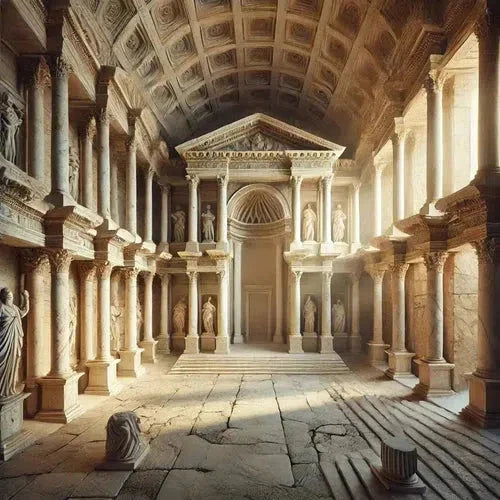
The Timeless Legacy of Marble and Travertine in Ancient Architecture
Marble and travertine have long been revered for their beauty, durability, and versatility. These natural stones have been used by ancient civilizations for thousands of years to create some of the most iconic structures and artworks in human history. From the majestic temples of ancient Greece to the grand amphitheaters of Rome, marble and travertine have played a central role in shaping the architectural and artistic legacy of the past. In this blog, we’ll explore how these stones were used in ancient times, their cultural significance, and the enduring appeal that continues to captivate us today.
Marble in Ancient Greece
Marble has been synonymous with classical beauty since ancient times, and nowhere is this more evident than in the architecture and sculpture of ancient Greece. Greek sculptors and architects prized marble for its fine grain, luminous quality, and ability to be polished to a high sheen. The island of Paros, known for its high-quality white marble, was a major source of the stone for ancient Greek artists. Learn more about the origins of Greek marble.
One of the most famous examples of marble used in ancient Greek architecture is the Parthenon, a temple dedicated to the goddess Athena, located on the Acropolis in Athens. Constructed in the 5th century BCE, the Parthenon was built entirely of Pentelic marble, known for its pure white color and subtle golden hue. The temple’s columns, friezes, and sculptures were all crafted from this exquisite stone, showcasing the skill and artistry of ancient Greek builders. Explore the use of Pentelic marble in the Parthenon.
Greek sculptors also used marble to create lifelike statues of gods, goddesses, and notable figures. The Venus de Milo, one of the most famous sculptures in the world, is a prime example of the beauty and craftsmanship achieved with marble. Carved around 100 BCE, this statue of the goddess Aphrodite exemplifies the idealized form and attention to detail that characterized ancient Greek sculpture. Discover the artistry behind the Venus de Milo.
Travertine in Ancient Rome
While marble was the stone of choice for the Greeks, the Romans favored travertine for many of their architectural projects. Travertine’s availability, strength, and ease of use made it an ideal material for the large-scale public buildings and infrastructure projects that defined Roman architecture. Learn why travertine was favored by the Romans.
One of the most iconic examples of travertine used in ancient Rome is the Colosseum, also known as the Flavian Amphitheatre. Built between 70-80 CE, the Colosseum is the largest amphitheater ever constructed and remains one of the most recognizable symbols of the Roman Empire. The exterior of the Colosseum is clad in travertine, which was quarried from nearby Tivoli and transported to Rome via an extensive network of roads and aqueducts. Explore the role of travertine in the Colosseum.
Travertine was also used extensively in Roman aqueducts, which supplied the city with fresh water from distant sources. The Aqua Claudia, one of the largest aqueducts in ancient Rome, was constructed using travertine blocks, demonstrating the stone’s strength and durability. Roman engineers valued travertine for its resistance to water and its ability to be shaped and fitted with precision. Discover the engineering marvels of Roman aqueducts.
Cultural Significance of Marble and Travertine
In ancient times, marble and travertine were more than just building materials; they were symbols of wealth, power, and cultural achievement. The use of these stones in temples, public buildings, and monuments reflected the importance of the structures they adorned and the status of the individuals who commissioned them. Understand the cultural impact of natural stone in ancient architecture.
For the Greeks, marble was associated with the divine and the eternal. The gleaming white stone was believed to be a fitting material for temples dedicated to the gods, and its use in sculpture was seen as a way to immortalize the human form. Marble’s translucency and ability to capture light gave it a lifelike quality that made it the preferred medium for depicting the gods and heroes of Greek mythology. Explore the symbolism of marble in Greek culture.
In Rome, travertine was valued for its practicality and versatility. The stone’s durability made it ideal for the massive public works that characterized Roman engineering, while its natural beauty added a sense of grandeur to the city’s architecture. The widespread use of travertine in buildings like the Colosseum and the aqueducts symbolized the power and reach of the Roman Empire, showcasing its ability to harness natural resources on a grand scale. Learn about the practical uses of travertine in Roman construction.
Enduring Appeal
The legacy of marble and travertine continues to influence architecture and design today. These stones are still used in the construction of luxury homes, public buildings, and monuments, reflecting their timeless appeal and enduring quality. The techniques and styles developed by ancient Greek and Roman craftsmen have been passed down through the centuries, inspiring countless generations of artists, architects, and designers. Discover the modern applications of ancient stones.
Whether used in a modern skyscraper or a classical revival home, marble and travertine bring a sense of history and tradition to contemporary design. Their association with the great civilizations of the past adds depth and meaning to any space, making them more than just materials—they are symbols of human achievement and the enduring power of natural beauty. Learn how to incorporate marble and travertine into modern design.
Conclusion
Marble and travertine have been integral to human history for thousands of years, shaping the architecture and art of ancient civilizations. From the temples of Greece to the aqueducts of Rome, these stones have been used to create some of the most enduring symbols of cultural achievement. Today, marble and travertine continue to be prized for their beauty, durability, and historical significance, making them a timeless choice for those who seek to connect with the past while creating spaces that will be admired for generations to come. Explore our collection of marble and travertine products.

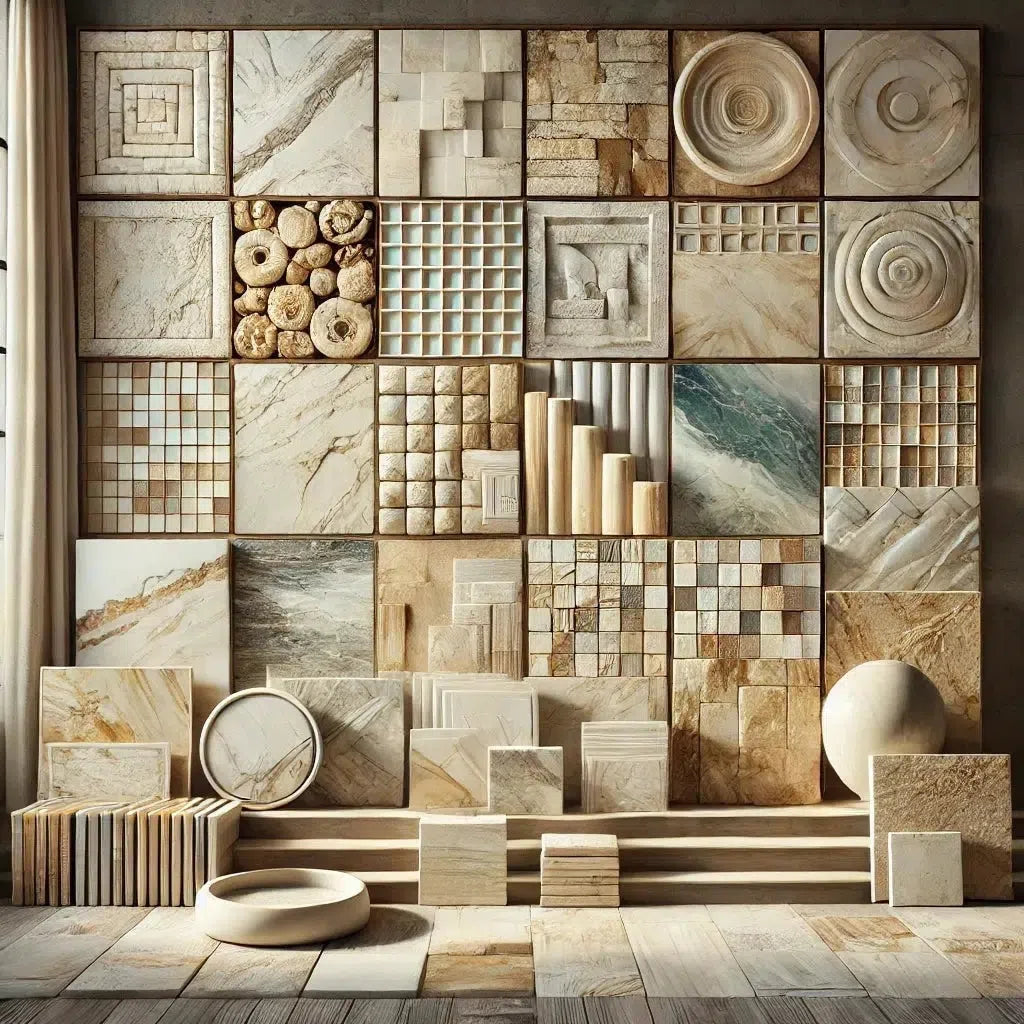 Best Selling Marble Collections
Best Selling Marble Collections
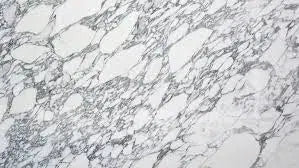 Arabescato Corchia
Arabescato Corchia Bardiglio
Bardiglio Bianco Dolomite
Bianco Dolomite  Carrara White
Carrara White 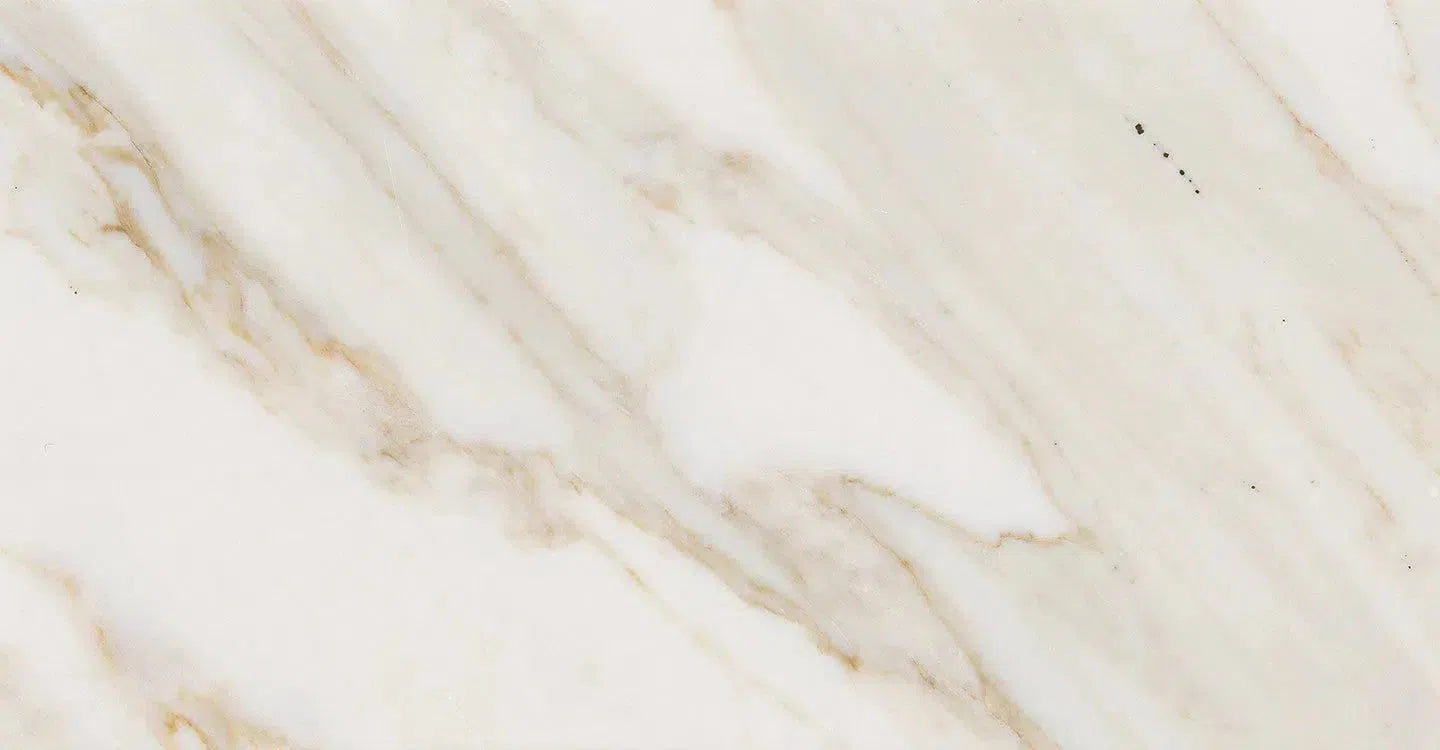 Calacatta Gold
Calacatta Gold Crema Marfil
Crema Marfil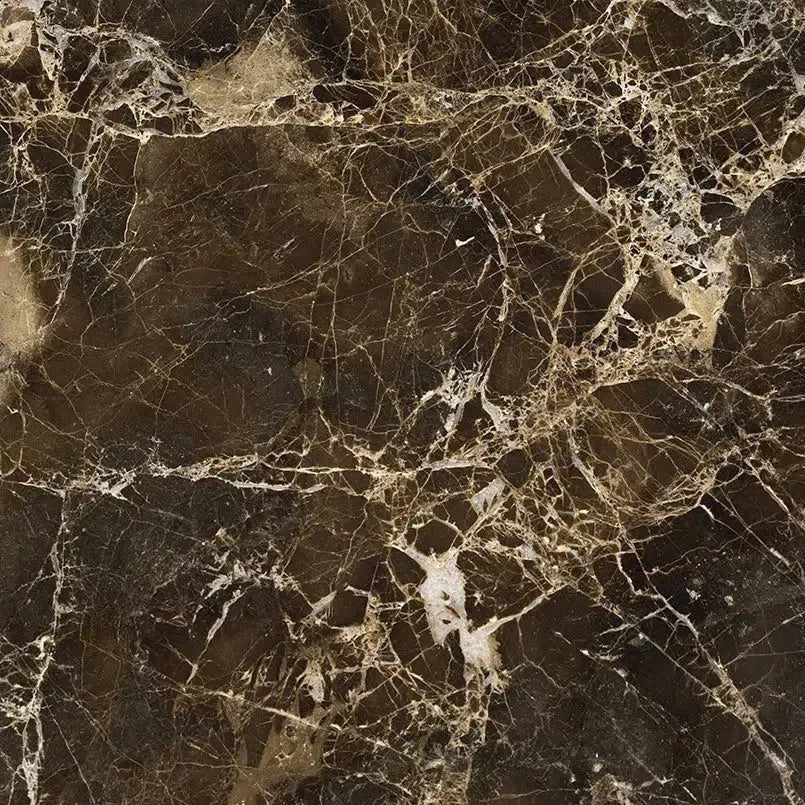 Emperador Dark
Emperador Dark Nero Marquina
Nero Marquina Thassos White
Thassos White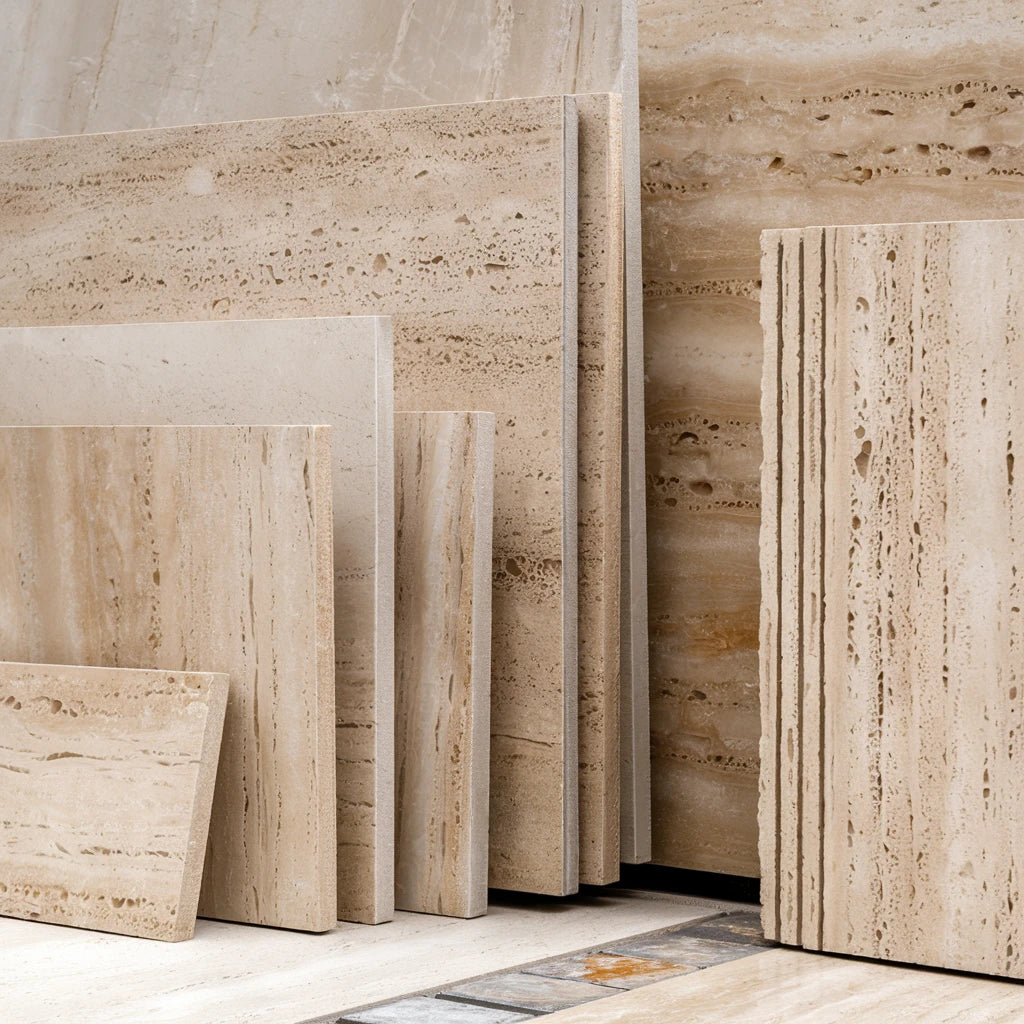 Best Selling Travertine Collections
Best Selling Travertine Collections
 Ivory Travertine
Ivory Travertine Noce Travertine
Noce Travertine Exotic Noce Travertine
Exotic Noce Travertine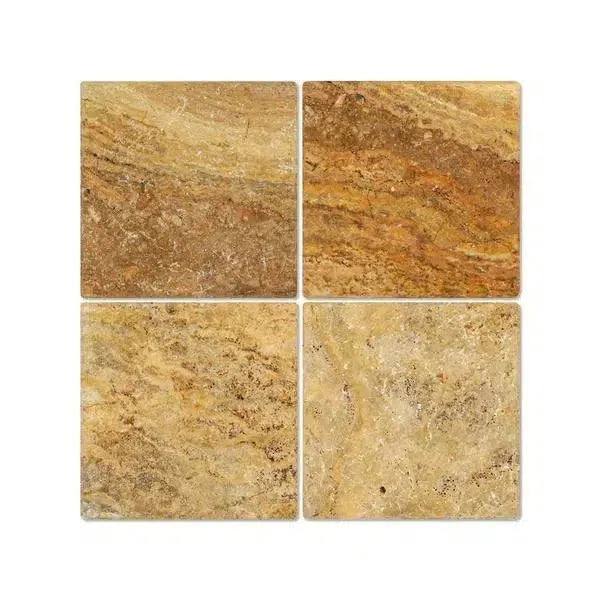 Scabos | Autumn Leaves Travertine
Scabos | Autumn Leaves Travertine Silver Travertine
Silver Travertine Exotic Travertine
Exotic Travertine Checkerboard
Checkerboard
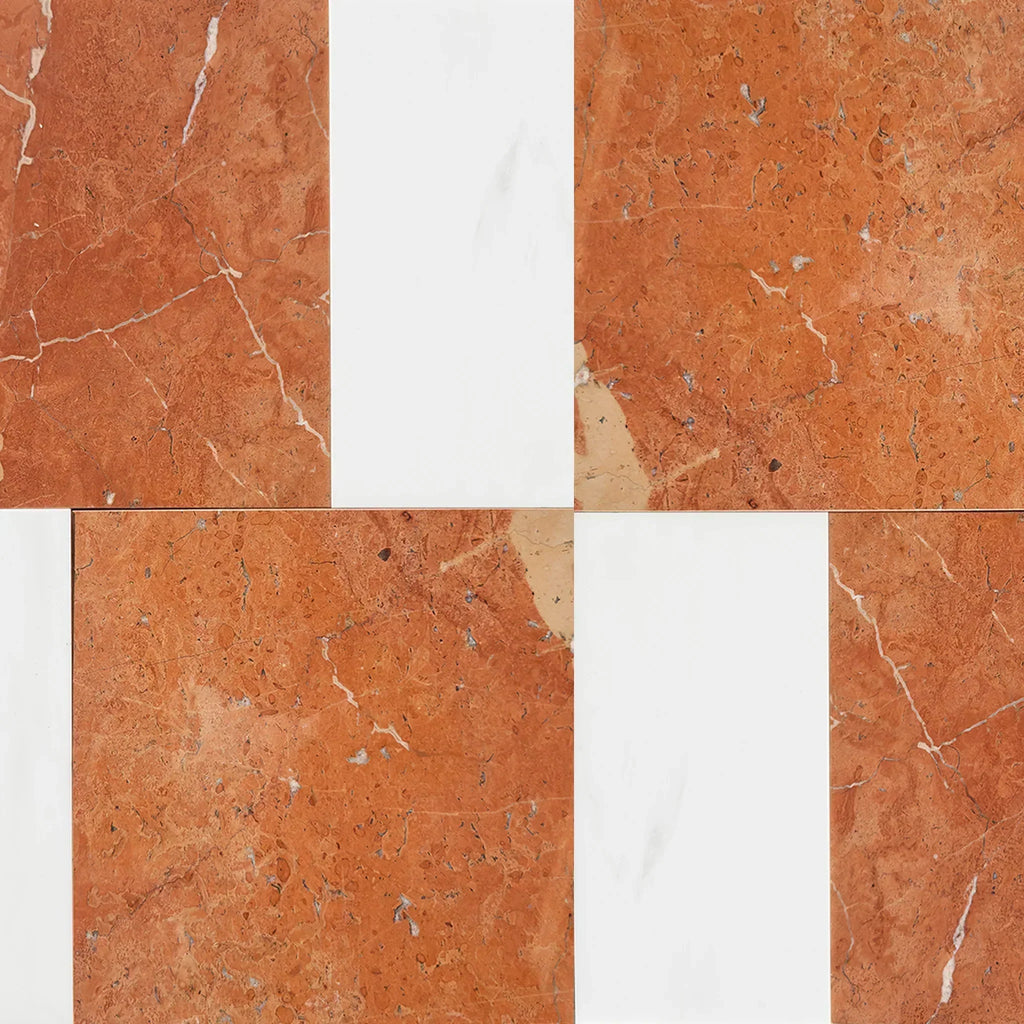 Patterned Tile
Patterned Tile
 Shop By Material
Shop By Material
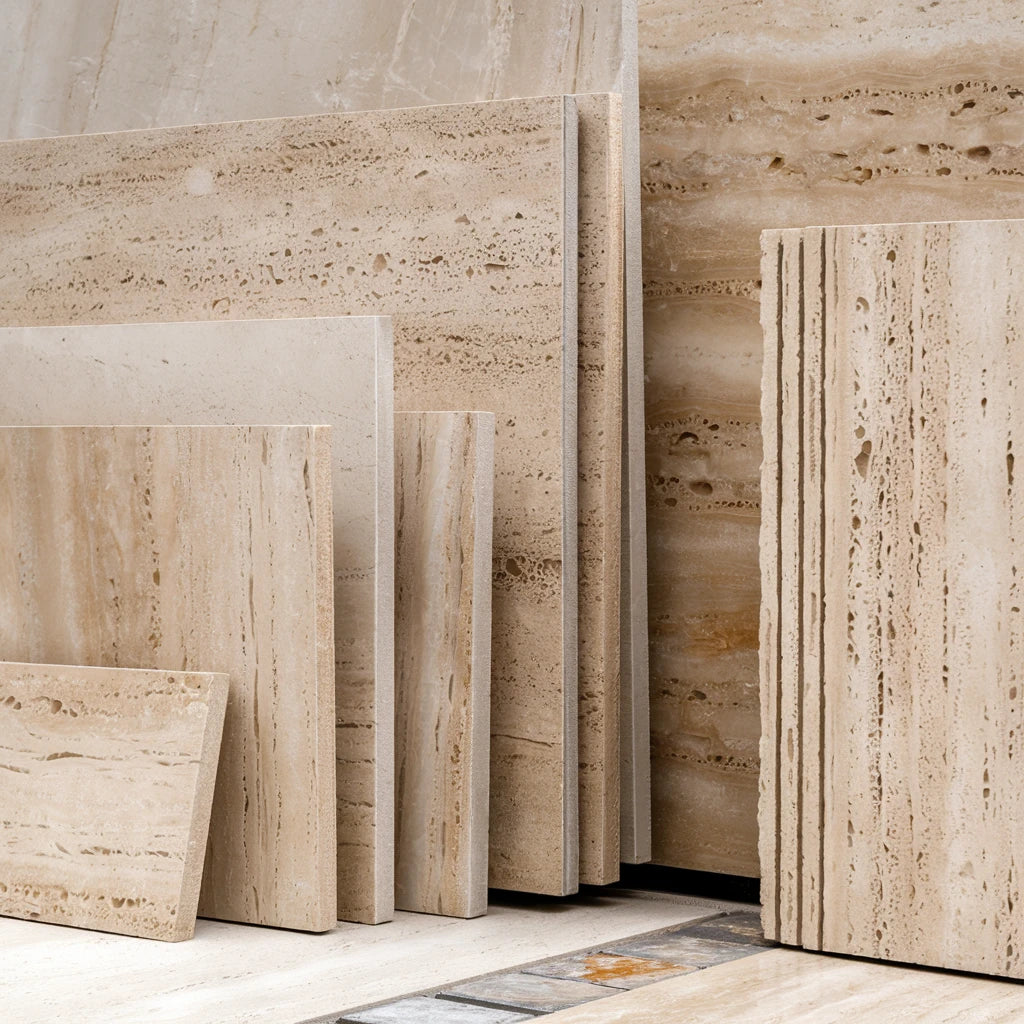 Travertine
Travertine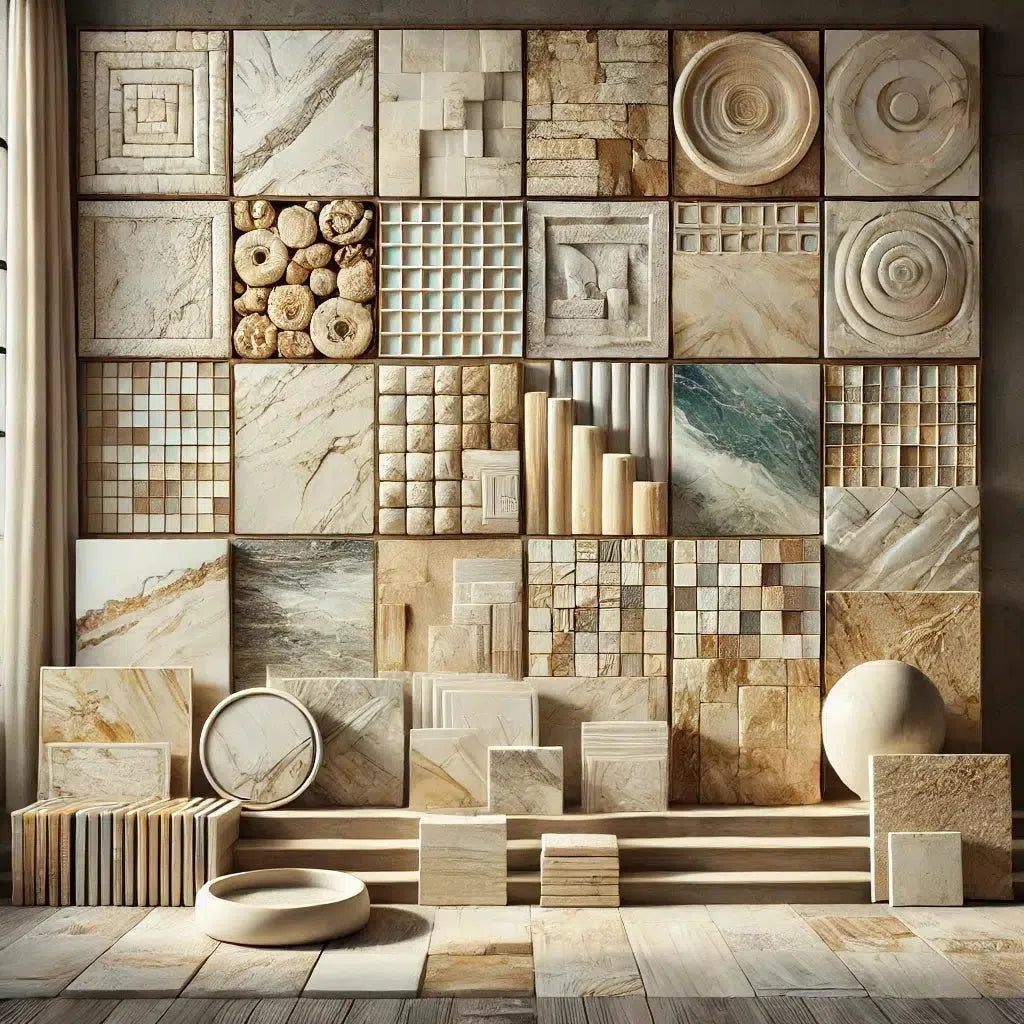 Marble
Marble Limestone
Limestone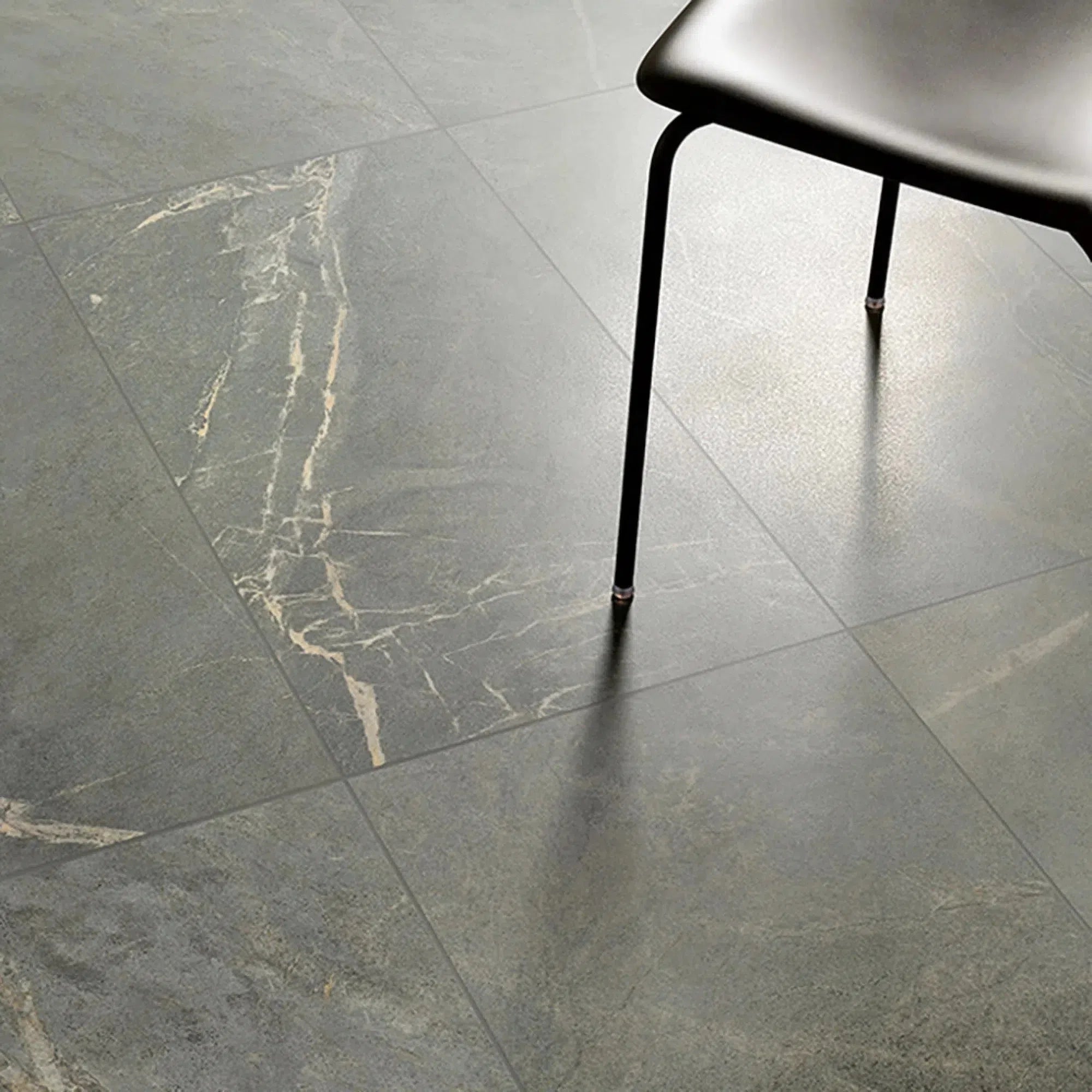 Soap Stone
Soap Stone Quartz
Quartz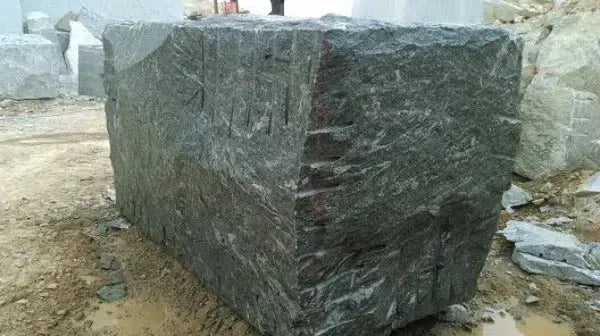 Granite
Granite Shop By Name
Shop By Name
 Absolute Black Granite
Absolute Black Granite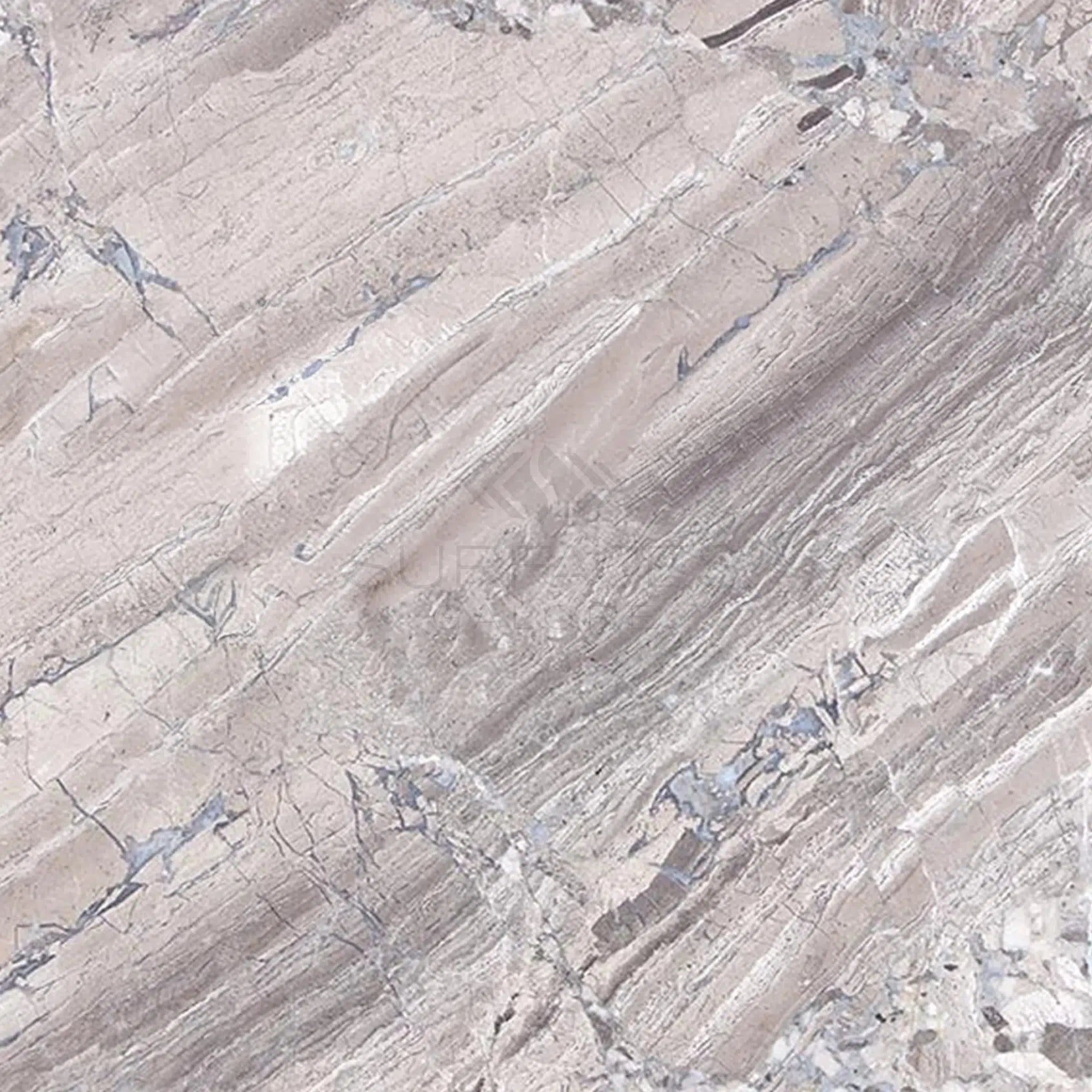 Atlantic Gray Marble
Atlantic Gray Marble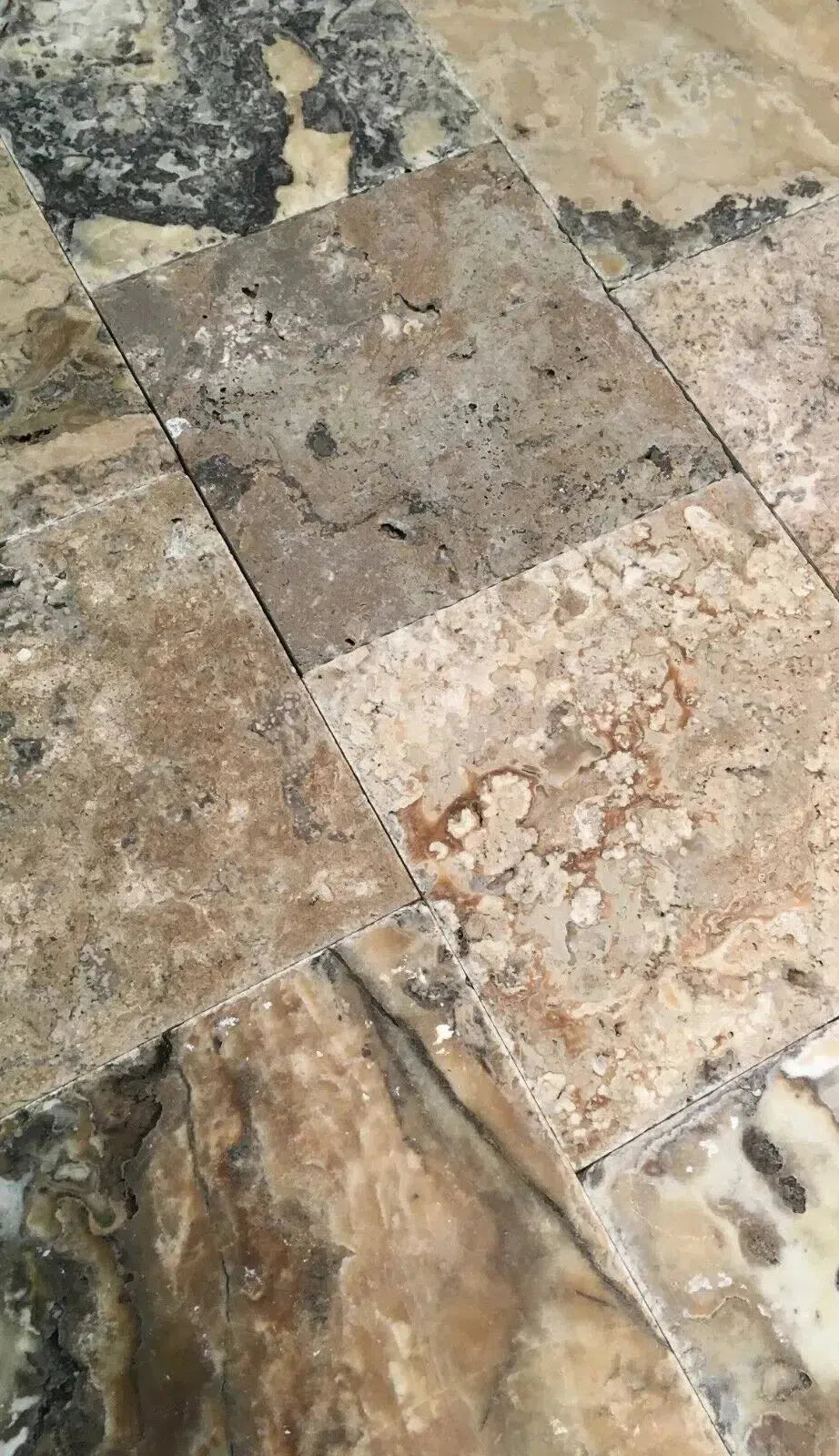 Antico Onyx Travertine
Antico Onyx Travertine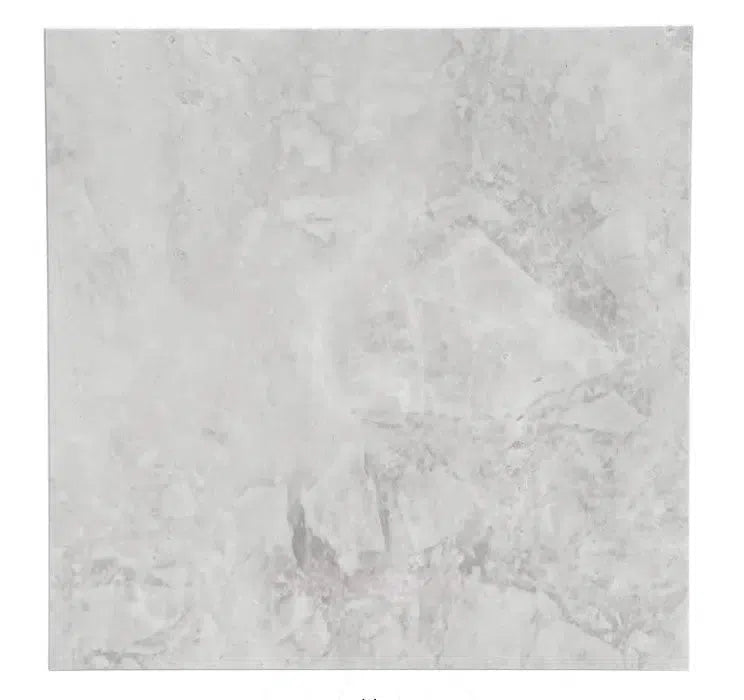 Bianco Congelato Dolomite
Bianco Congelato Dolomite Bianco Venatino (Bianco Mare) Marble
Bianco Venatino (Bianco Mare) Marble Calacatta Oliva Marble
Calacatta Oliva Marble Cappuccino Marble
Cappuccino Marble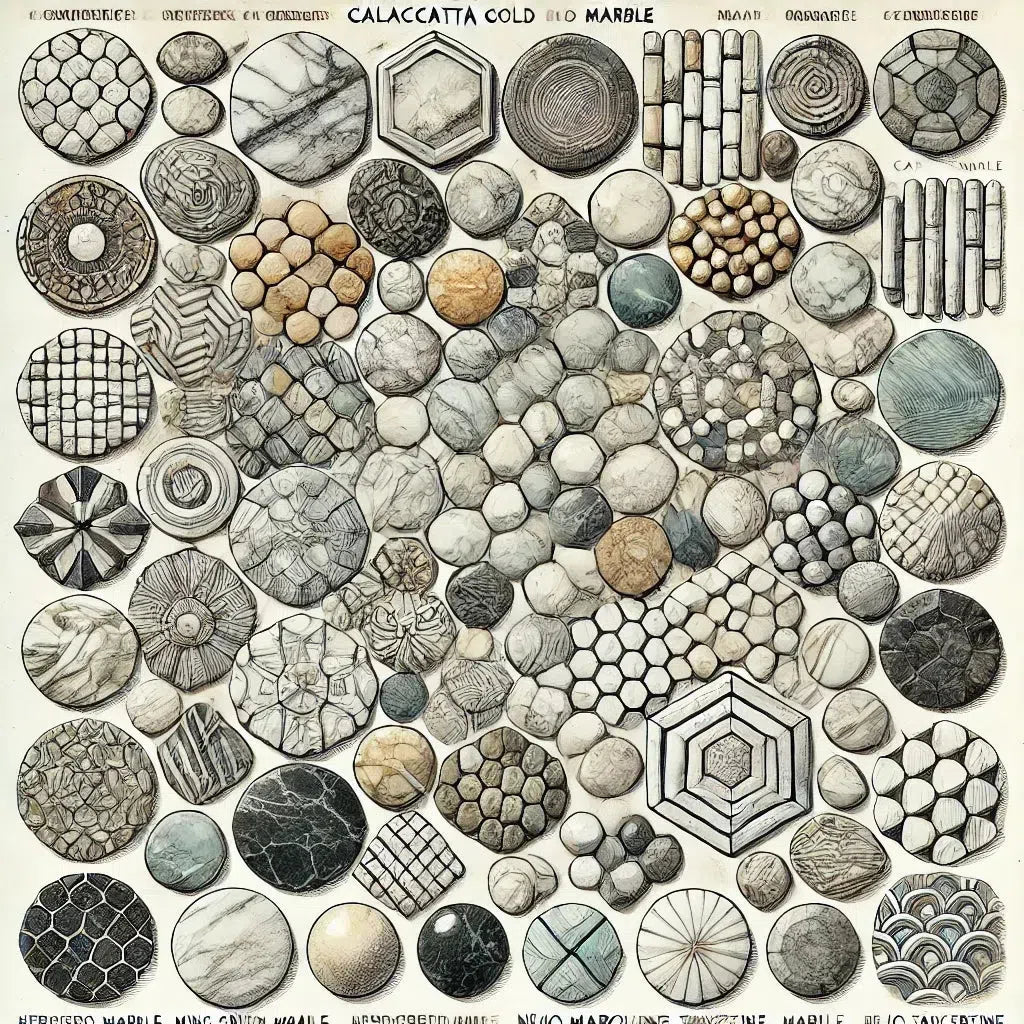 Custom-Made Mosaic
Custom-Made Mosaic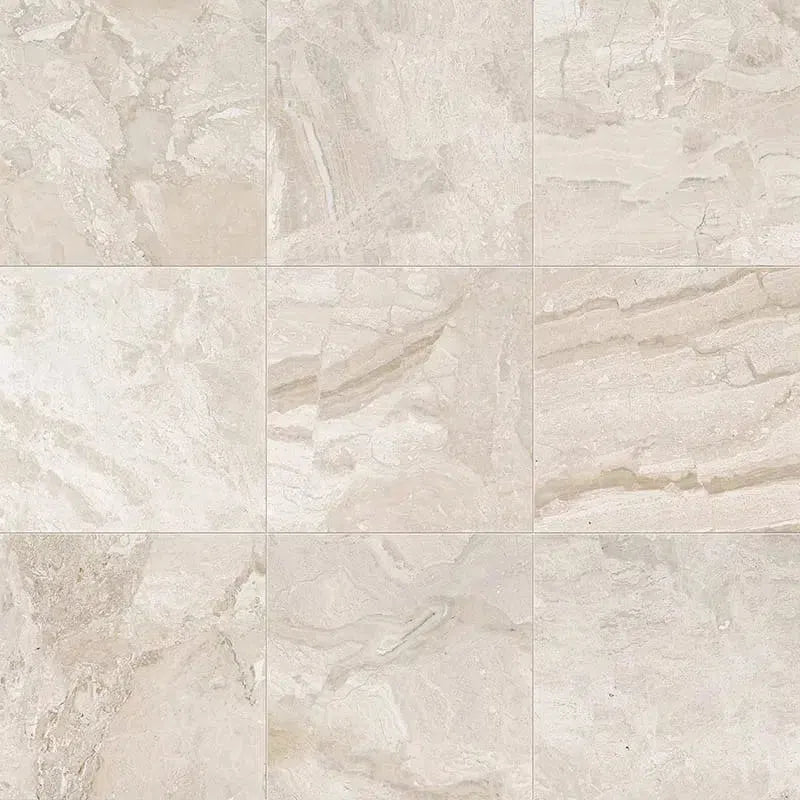 Diano Royal (Queen Beige) Marble
Diano Royal (Queen Beige) Marble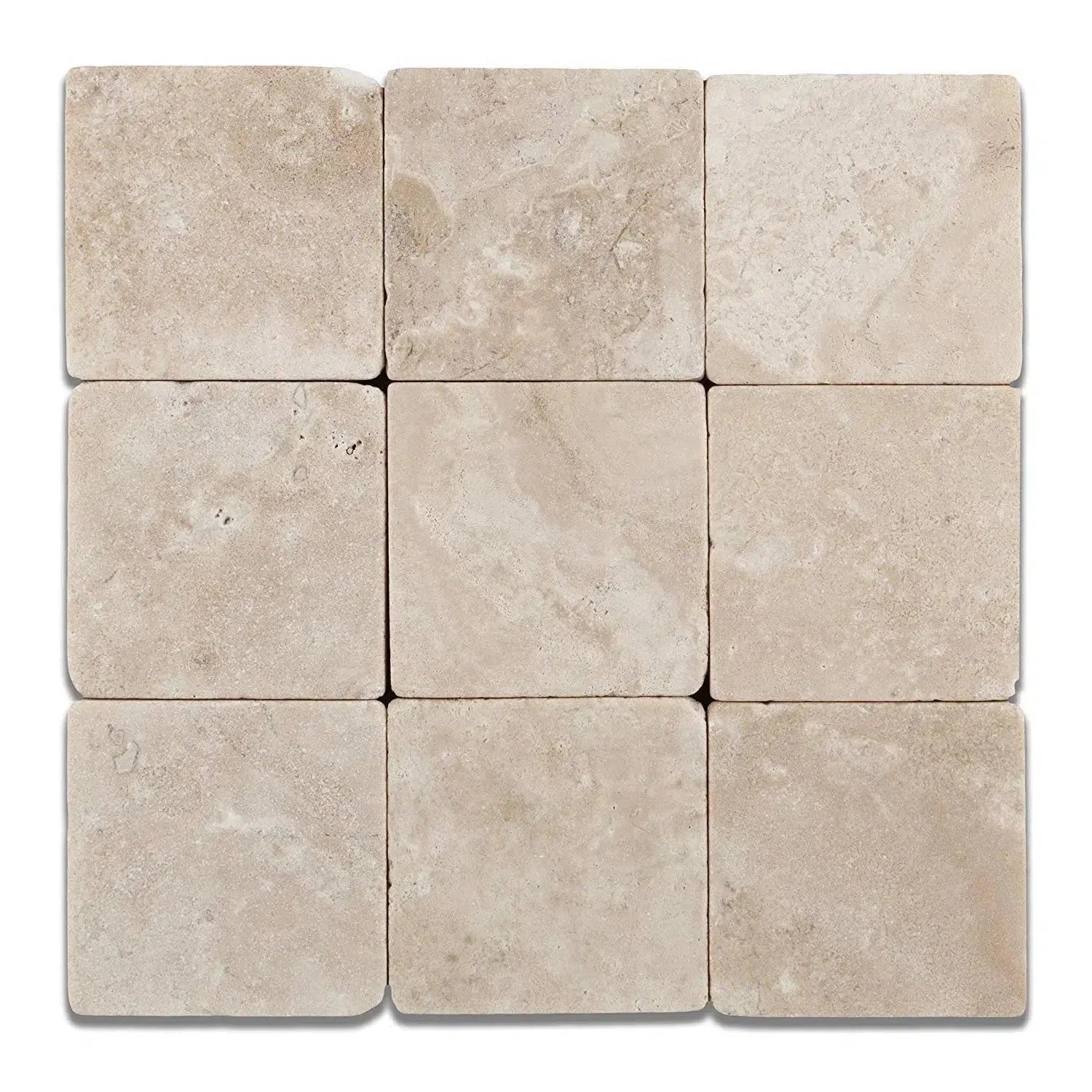 Durango Cream Traverine
Durango Cream Traverine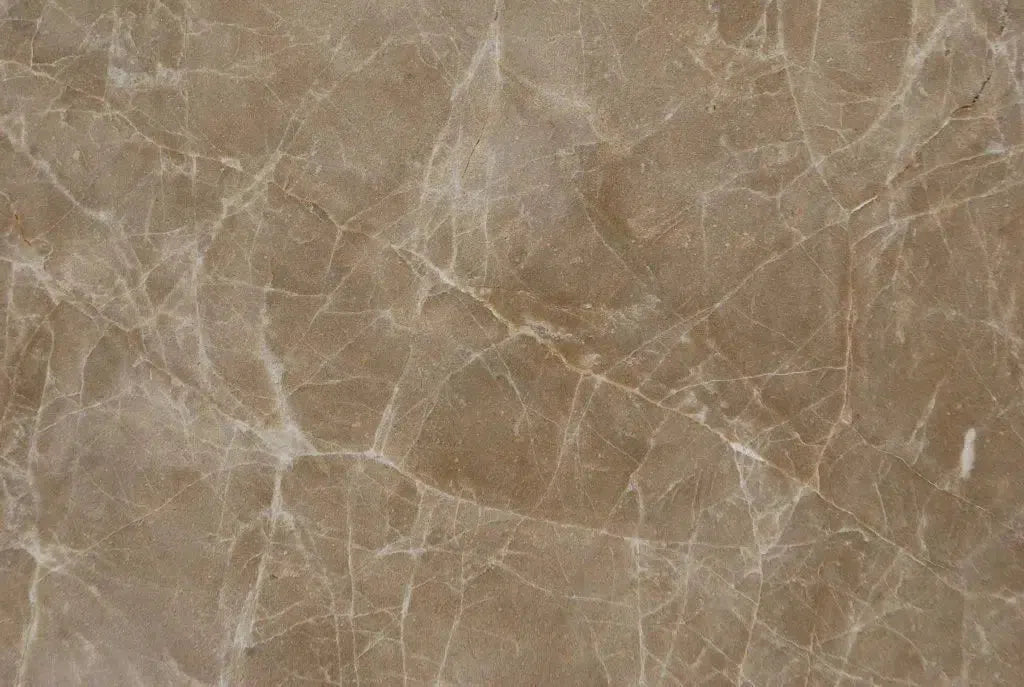 Emperador Light Marble
Emperador Light Marble Empress Green Marble
Empress Green Marble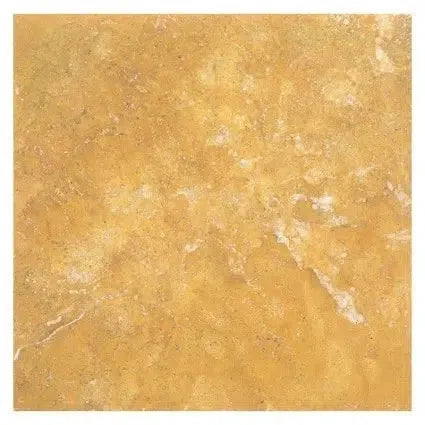 Gold/Yellow Travertine
Gold/Yellow Travertine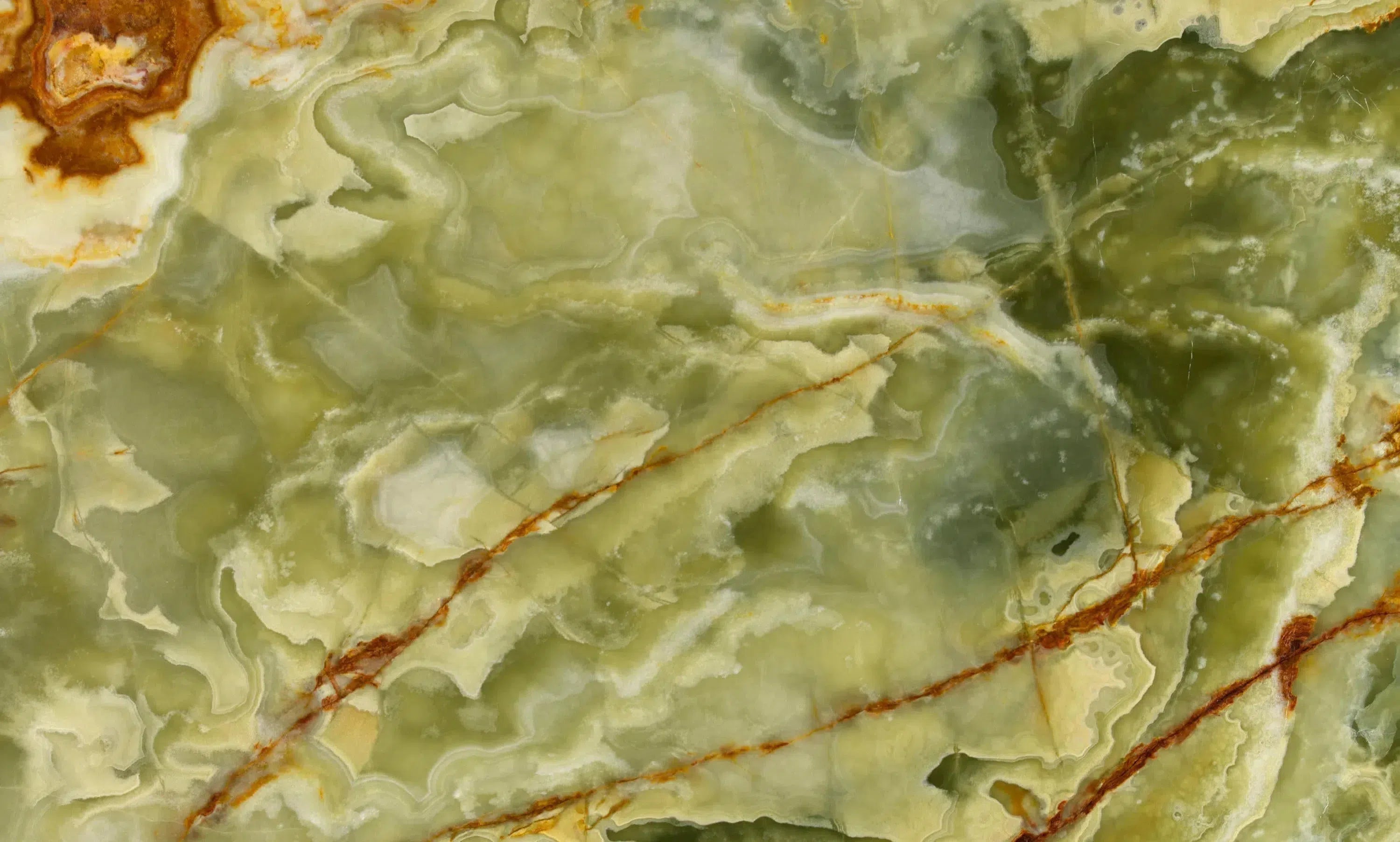 Green Onyx Marble
Green Onyx Marble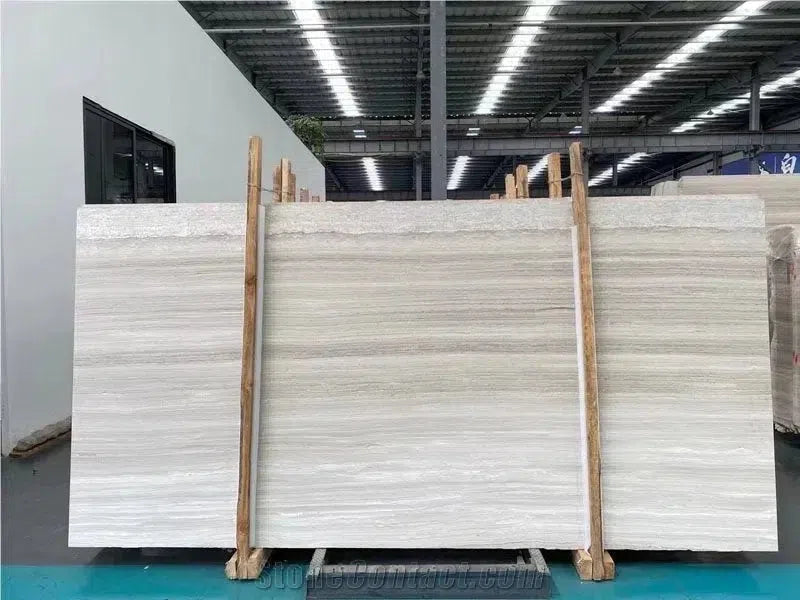 Haisa Light (White Wood) Limestone
Haisa Light (White Wood) Limestone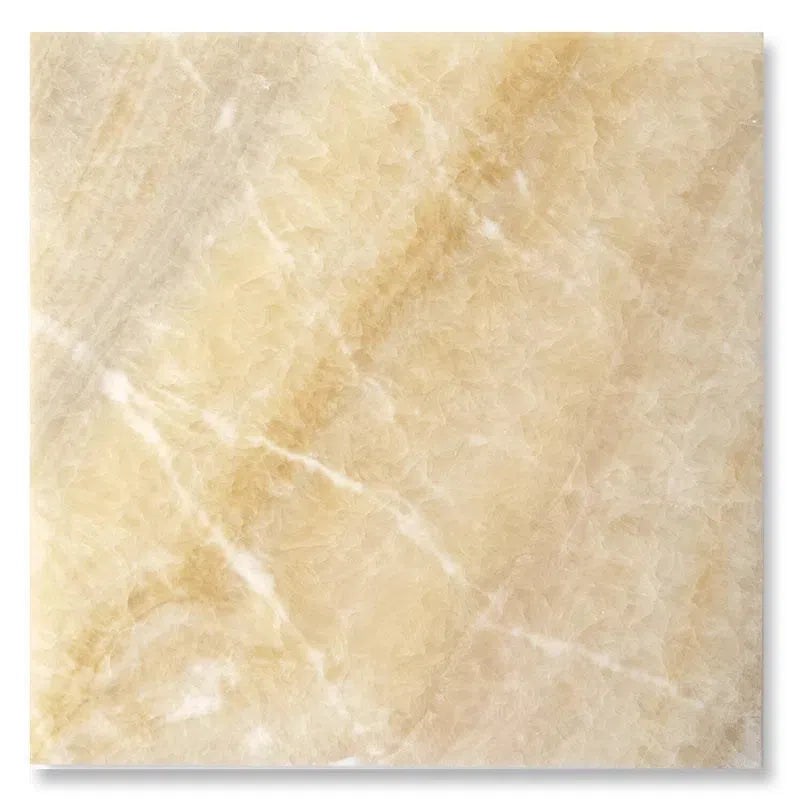 Honey Onyx Marble
Honey Onyx Marble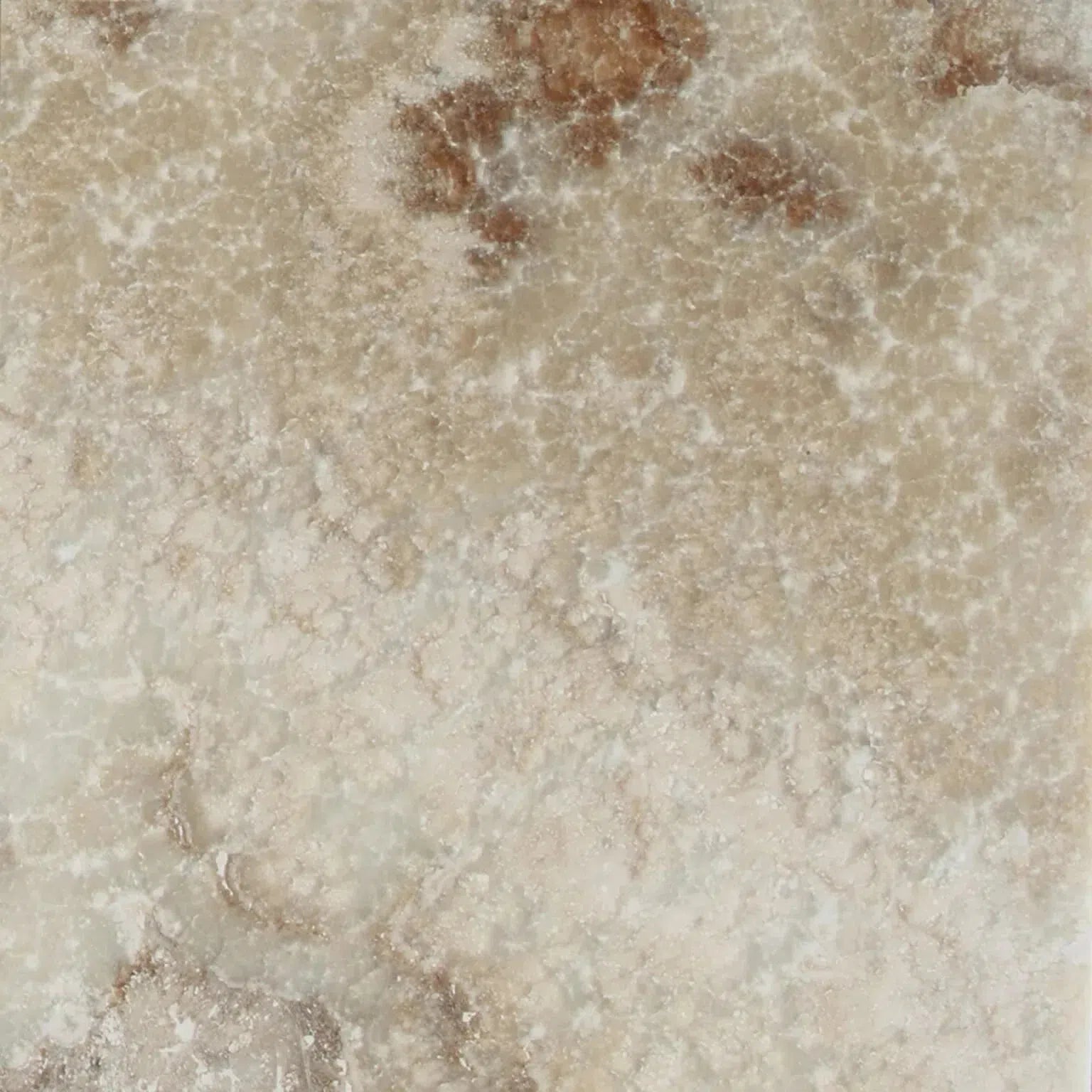 La Travonya Travertine
La Travonya Travertine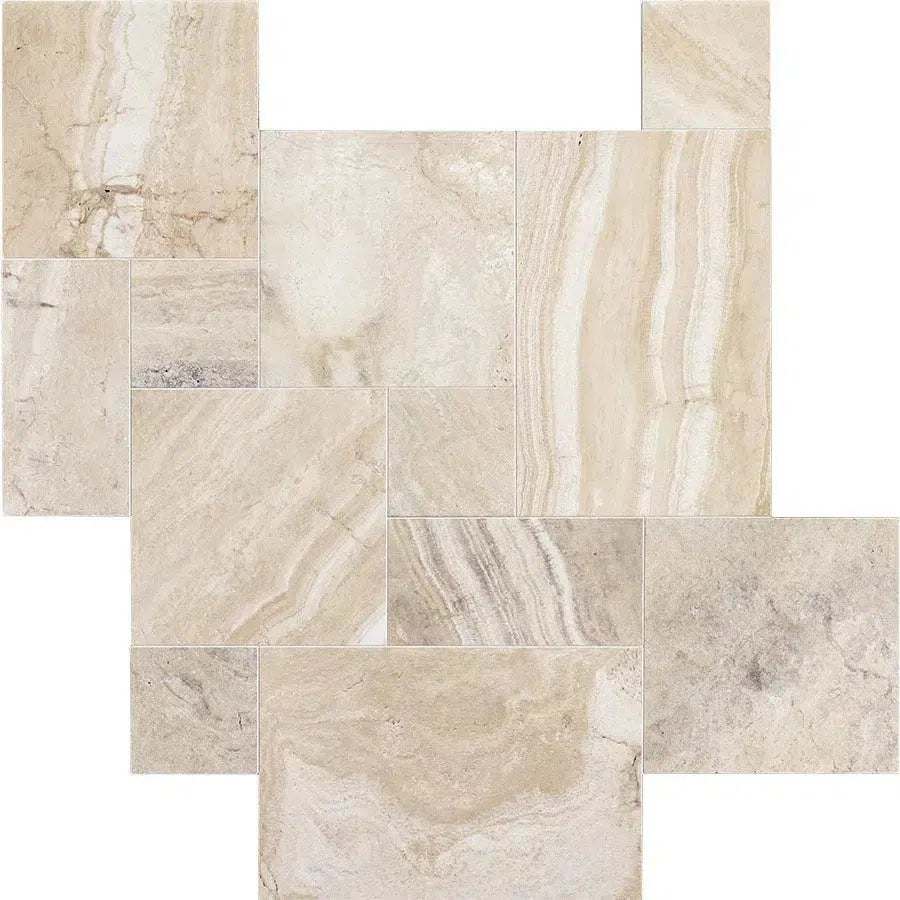 Malibu Travertine
Malibu Travertine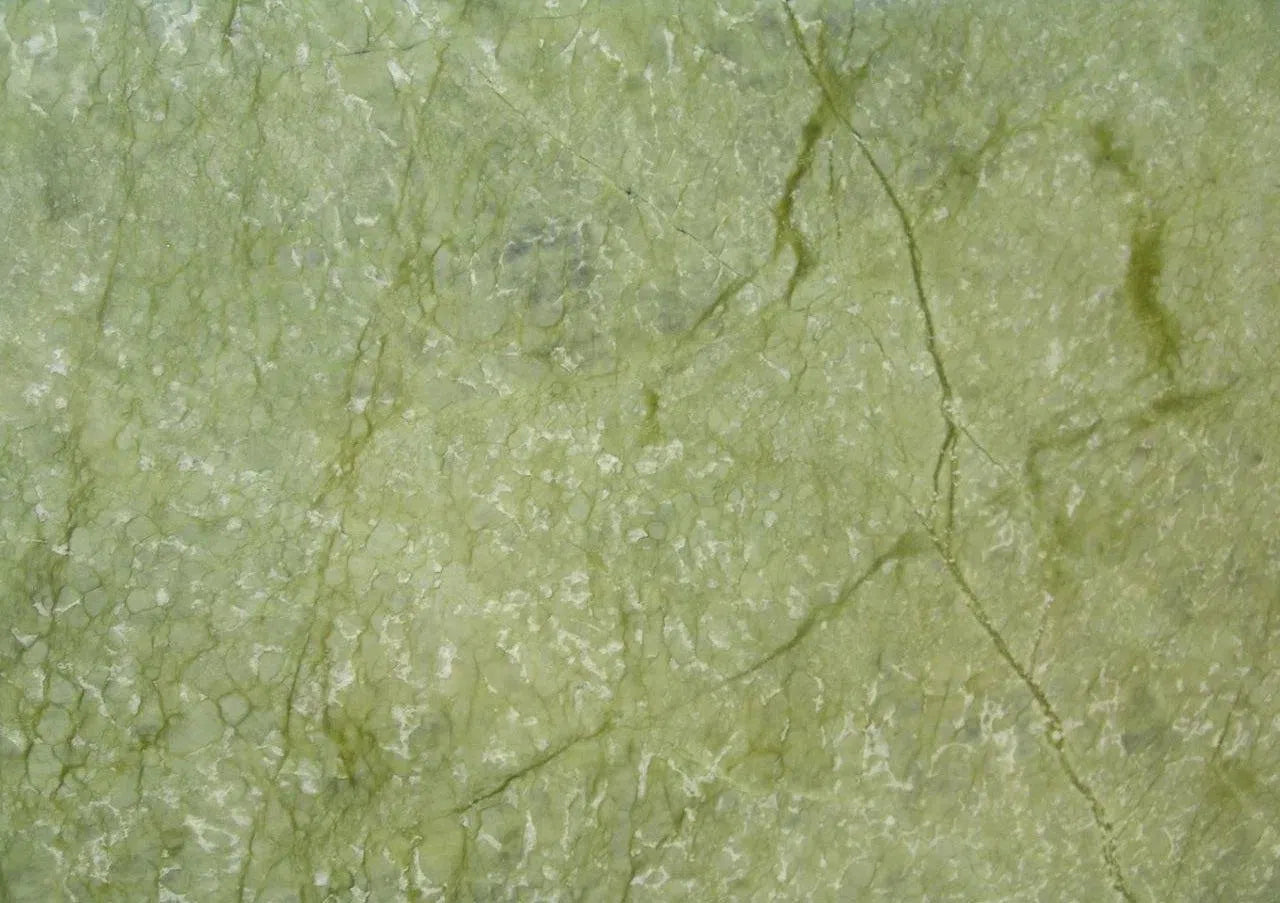 Ming Green Marble
Ming Green Marble Mink (Equator) Marble
Mink (Equator) Marble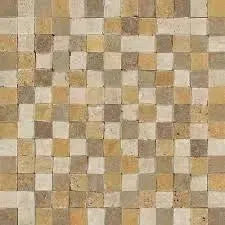 Mixed (Ivory-Noce-Gold) Travertine
Mixed (Ivory-Noce-Gold) Travertine Oriental White Marble
Oriental White Marble Pierre Bleue (Pierre Blue) Marble
Pierre Bleue (Pierre Blue) Marble Philadelphia Travertine
Philadelphia Travertine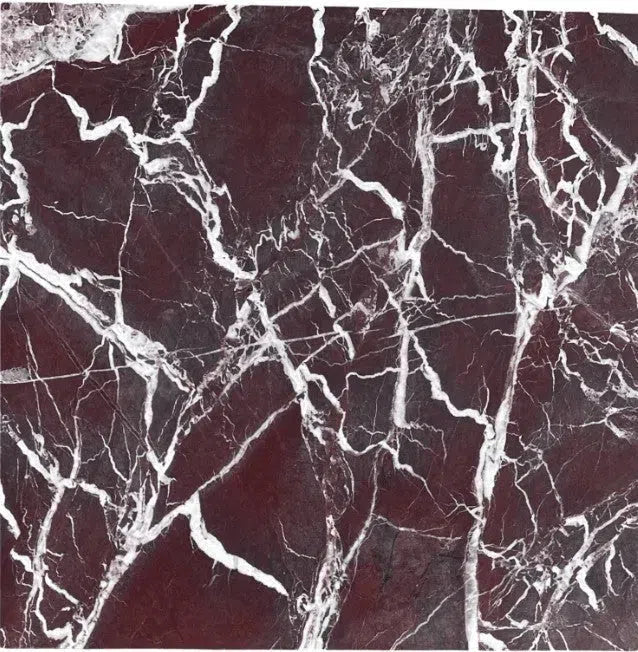 Rosso Levanto Marble
Rosso Levanto Marble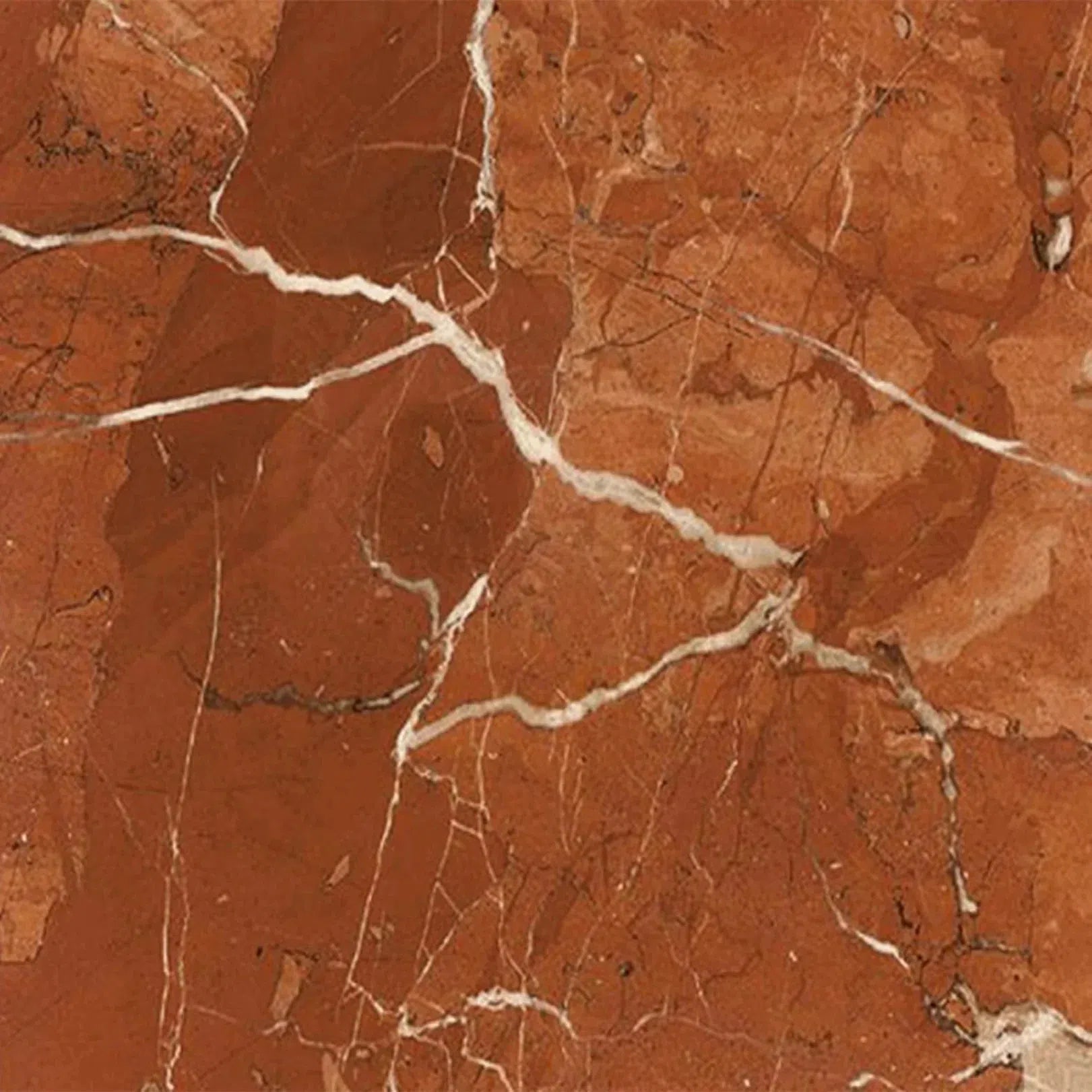 Rojo Alicante Marble
Rojo Alicante Marble Sky Blue | Azul Cielo Marble
Sky Blue | Azul Cielo Marble Snow White (Afyon White) Marble
Snow White (Afyon White) Marble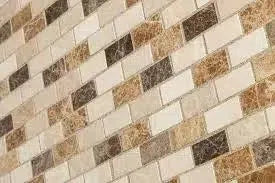 Spanish Mix Marble
Spanish Mix Marble Statuary - Statuario White (Italian) Marble
Statuary - Statuario White (Italian) Marble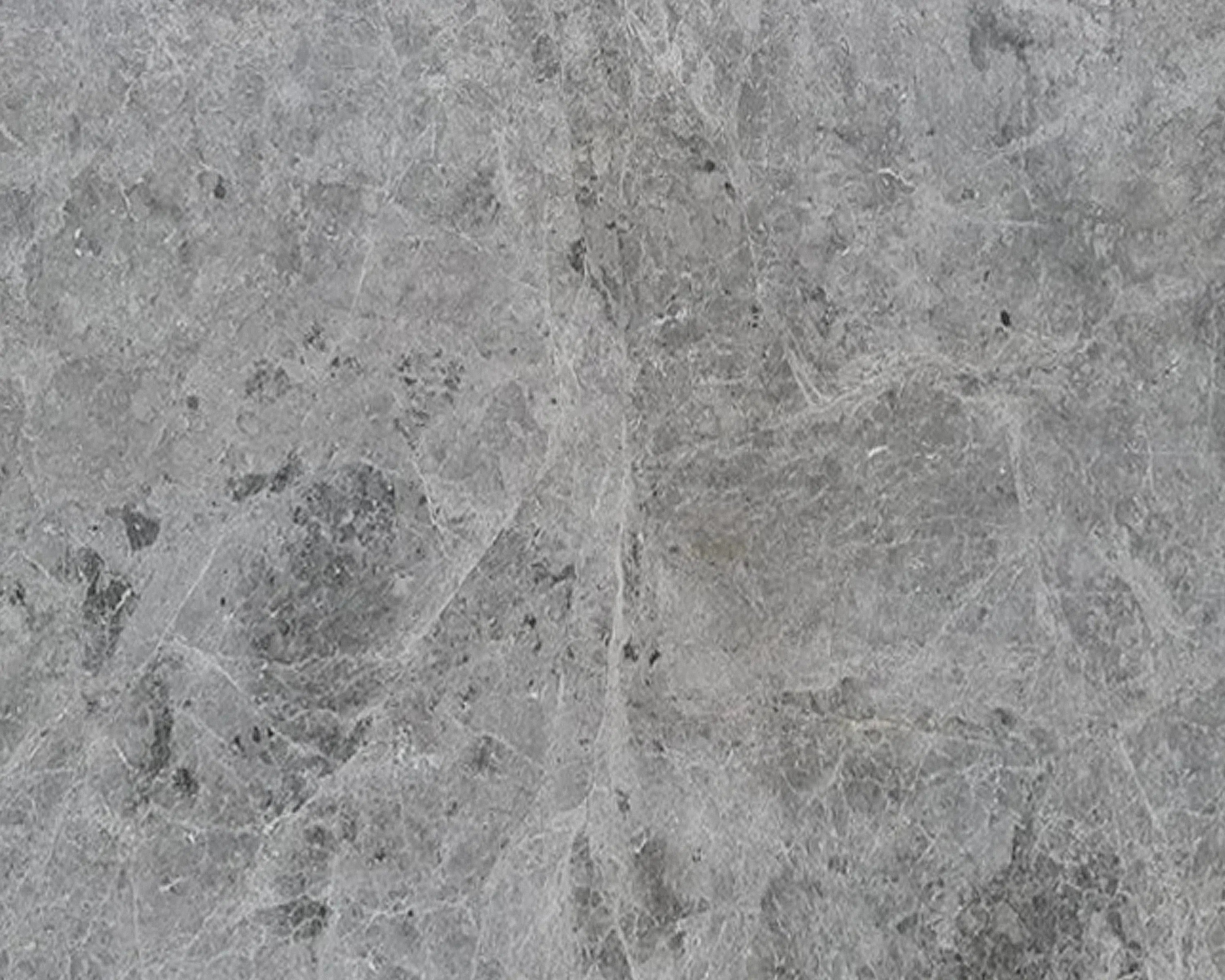 Tundra Gray (Atlantic Gray) Marble
Tundra Gray (Atlantic Gray) Marble Valencia Travertine
Valencia Travertine Valerenga Travertine
Valerenga Travertine Walnut Travertine
Walnut Travertine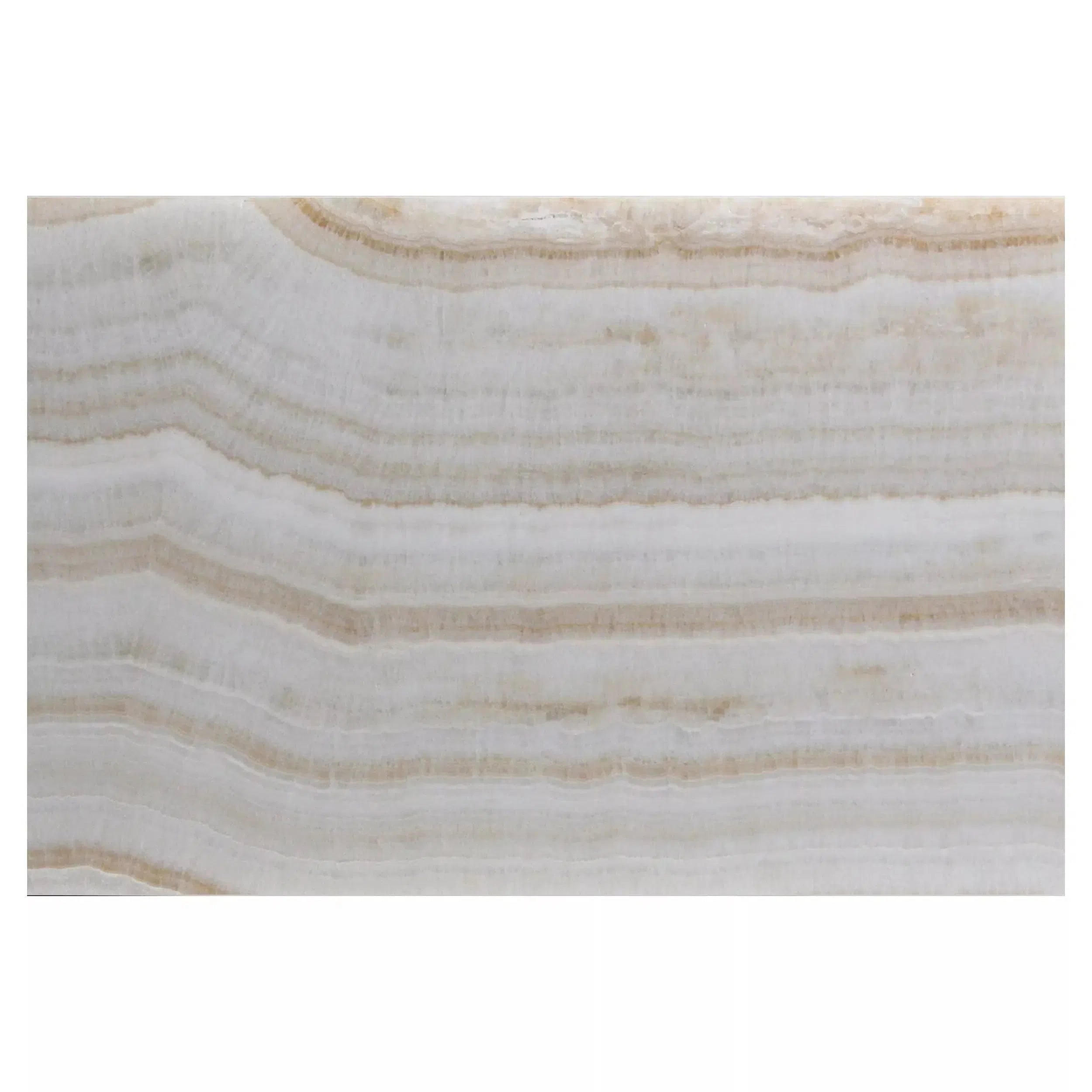 White Onyx Marble
White Onyx Marble White Pearl/Botticino Beiege Marble
White Pearl/Botticino Beiege Marble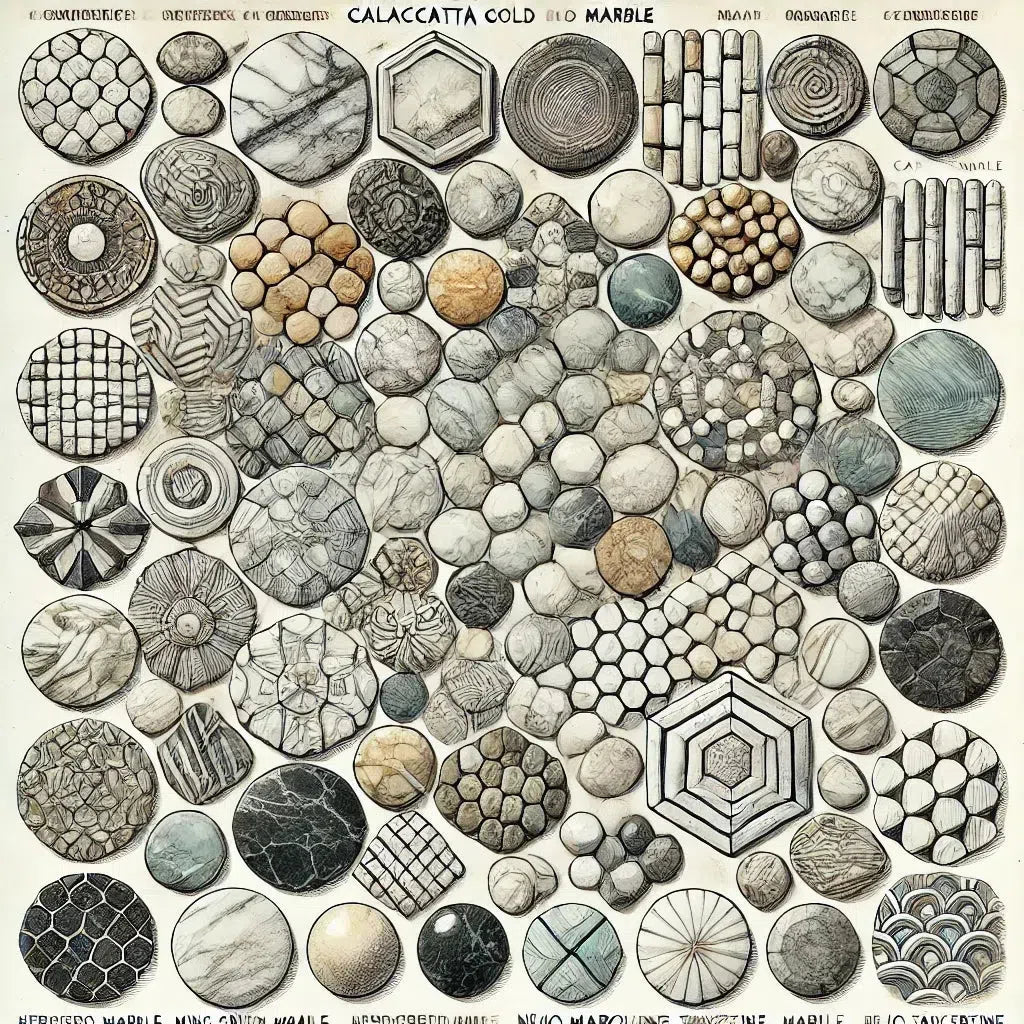 Shop By Type
Shop By Type
 Marble Tiles
Marble Tiles Marble Mosaic
Marble Mosaic Travertine Tiles
Travertine Tiles Travertine Mosaic
Travertine Mosaic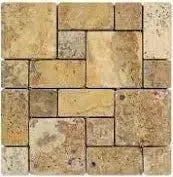 4 pcs Versailles Pattern / French Pattern Set
4 pcs Versailles Pattern / French Pattern Set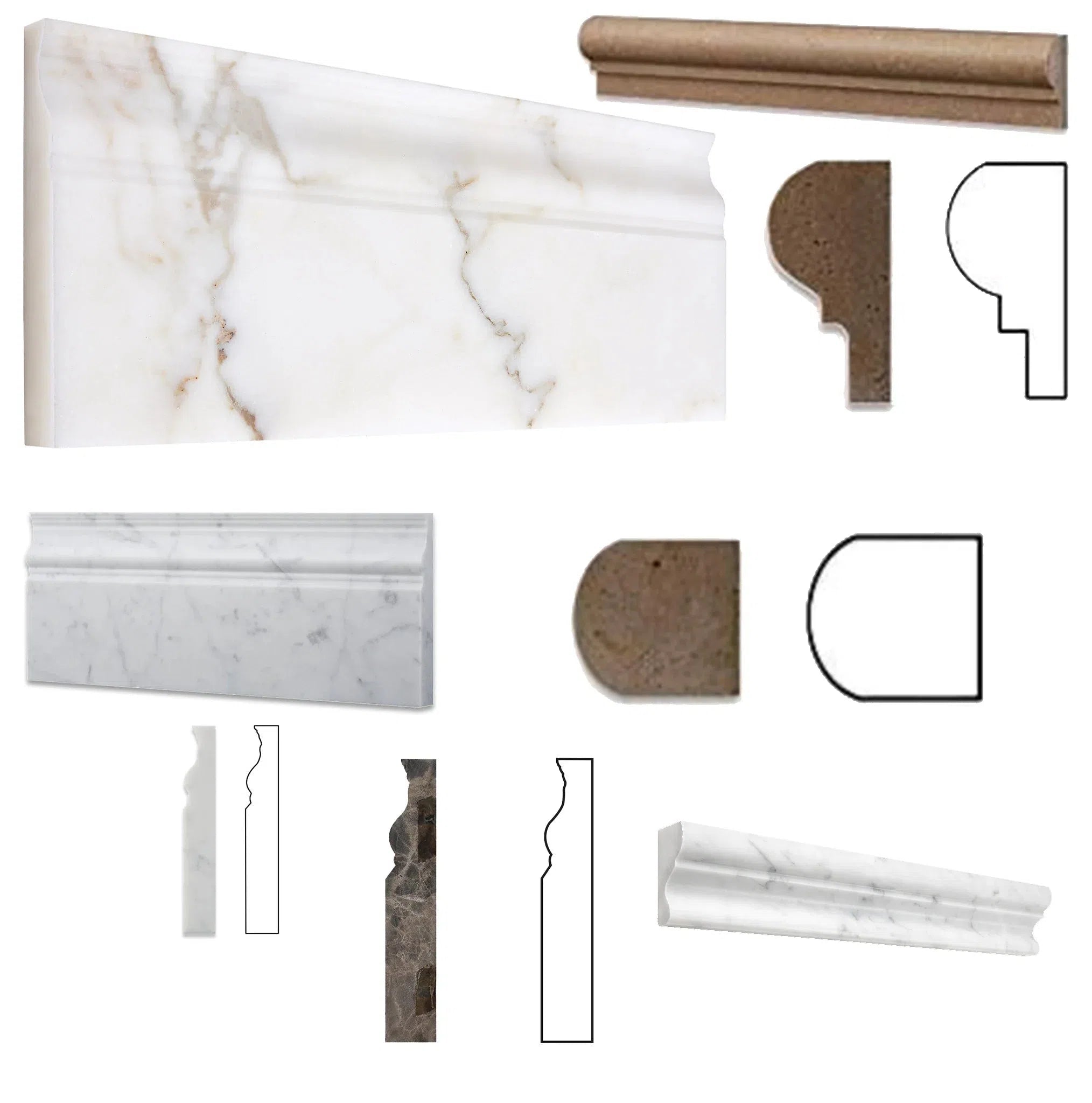 Molding/Trim
Molding/Trim Border/Listello
Border/Listello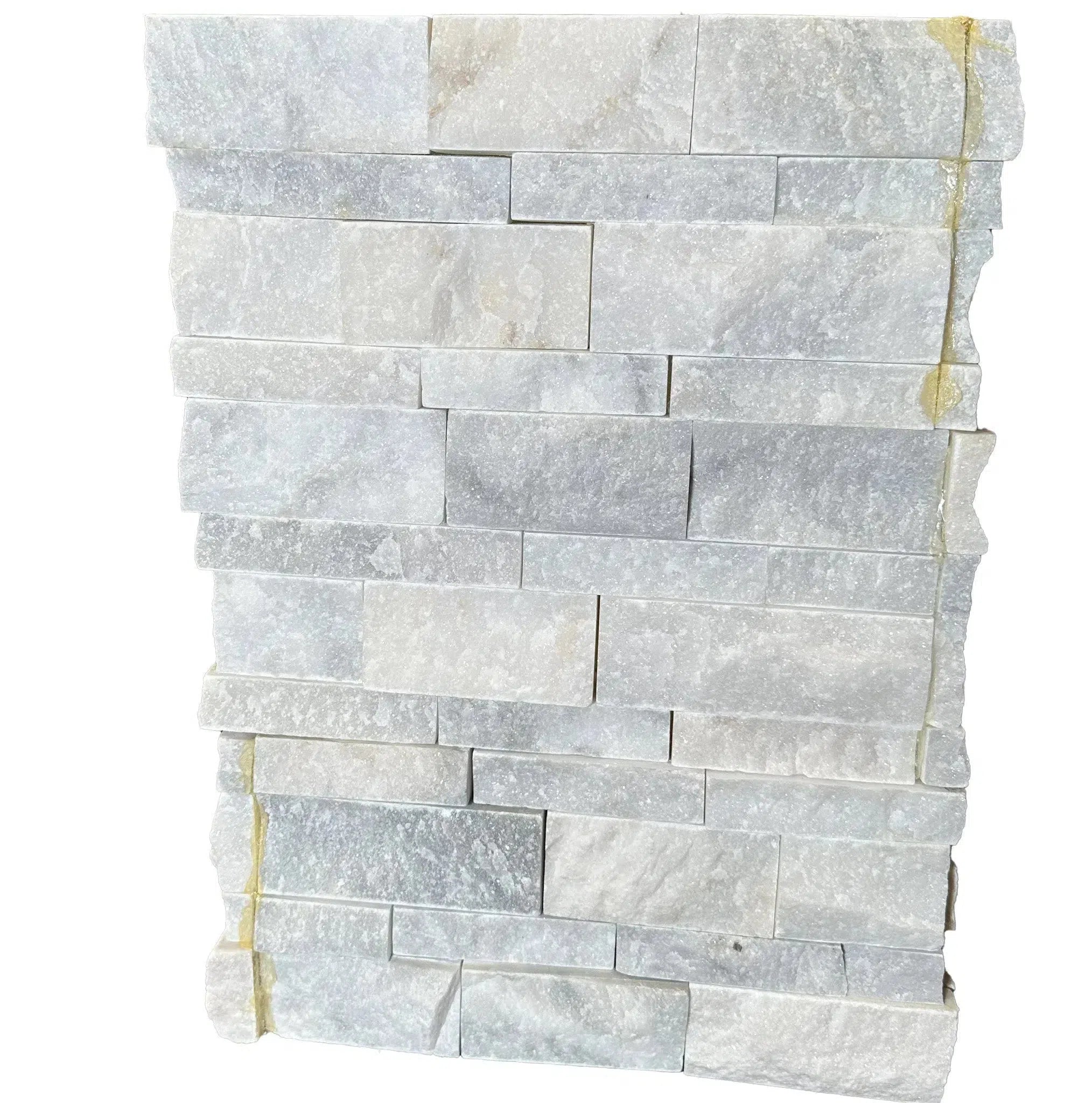 Ledger-Panel
Ledger-Panel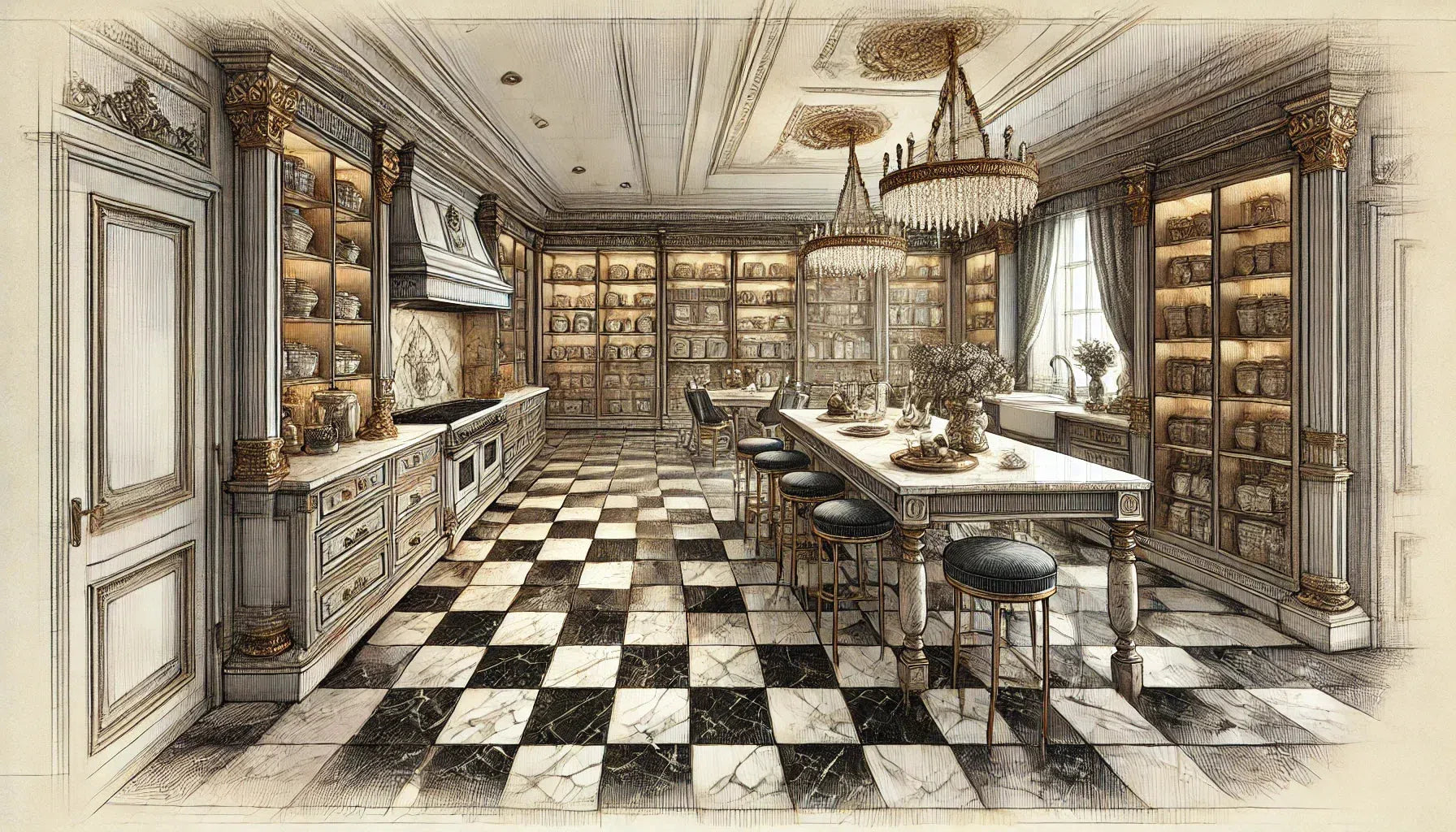 Checkerboard
Checkerboard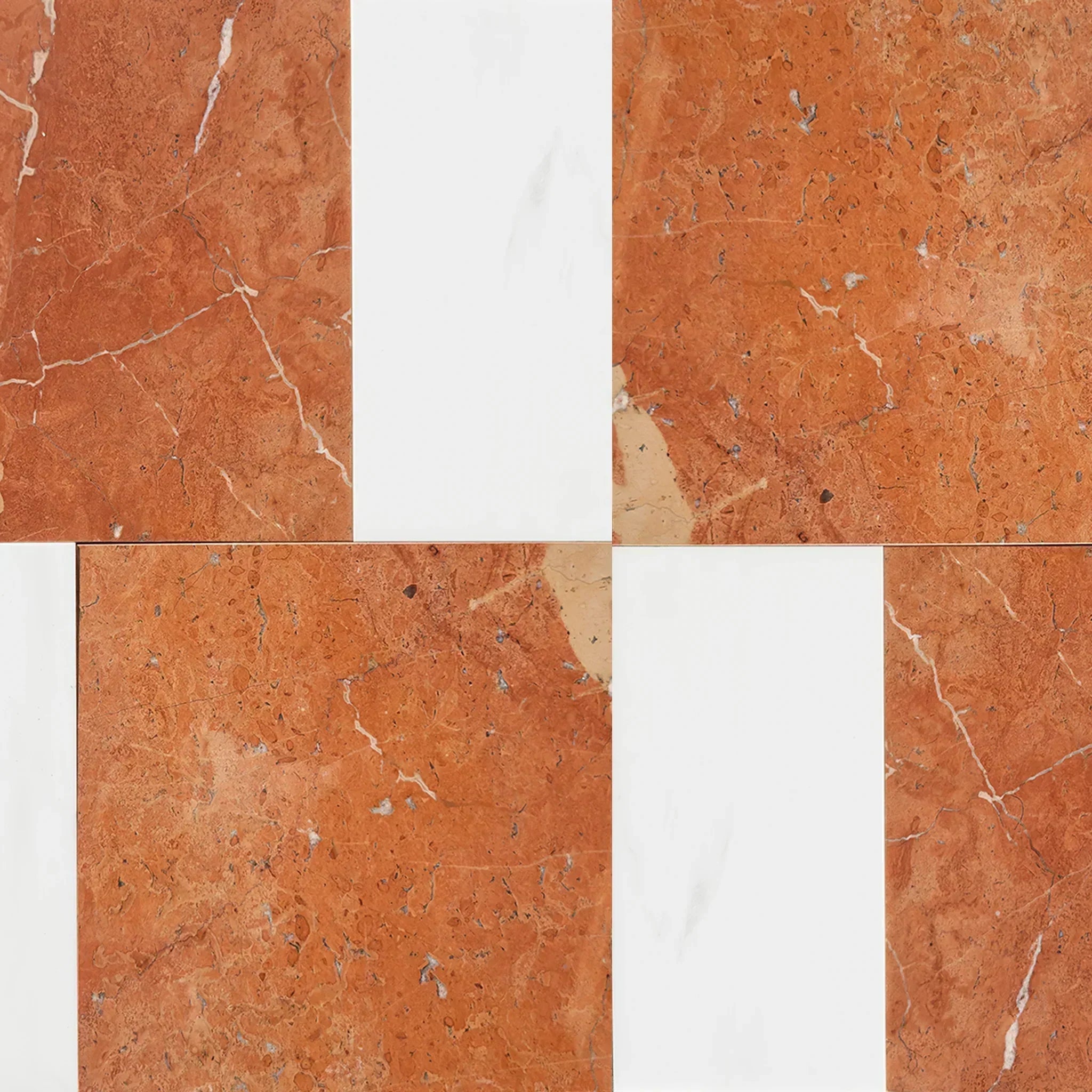 Patterned Tile Collection
Patterned Tile Collection  Shop By Finish
Shop By Finish
 Polished
Polished Honed
Honed Brushed
Brushed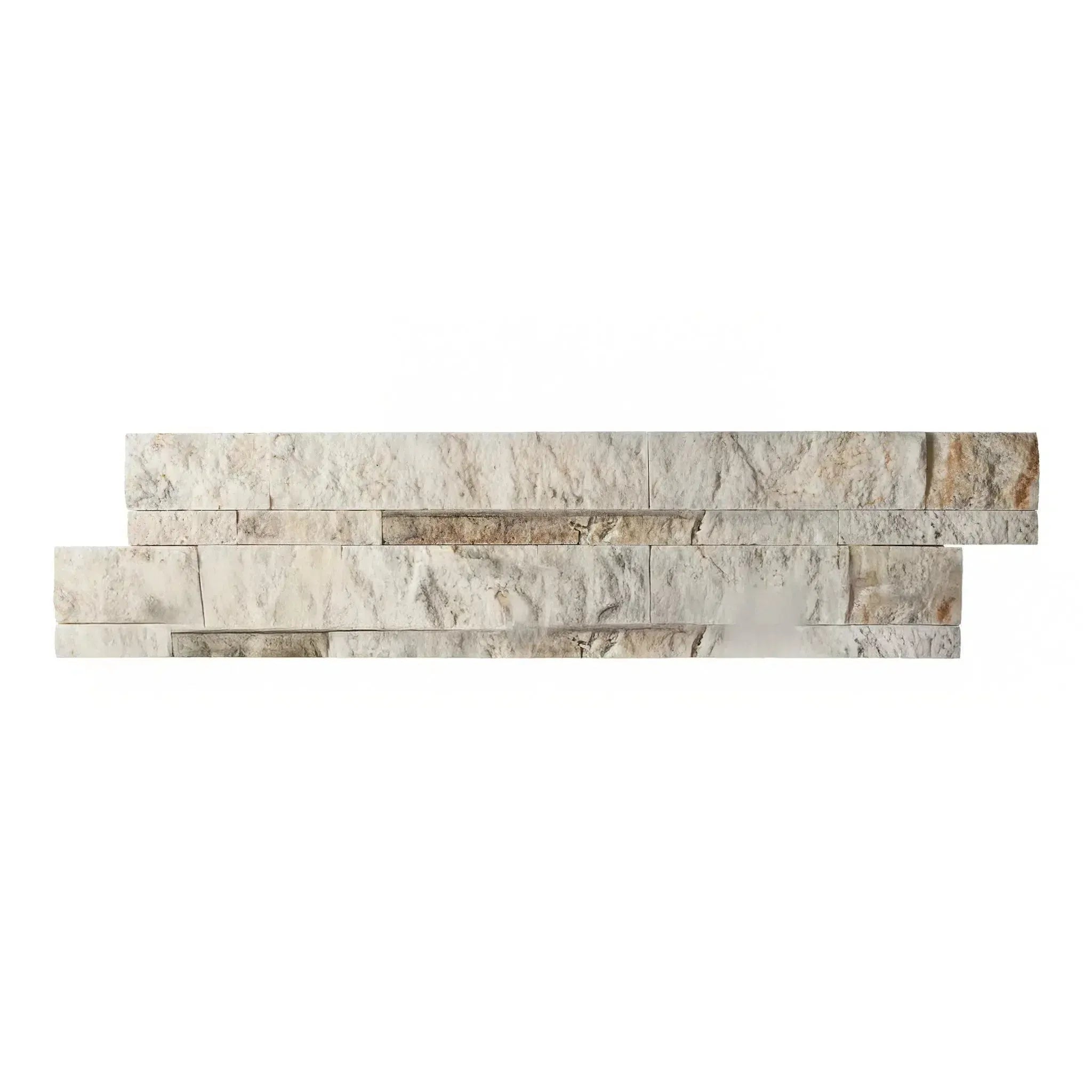 Split Face
Split Face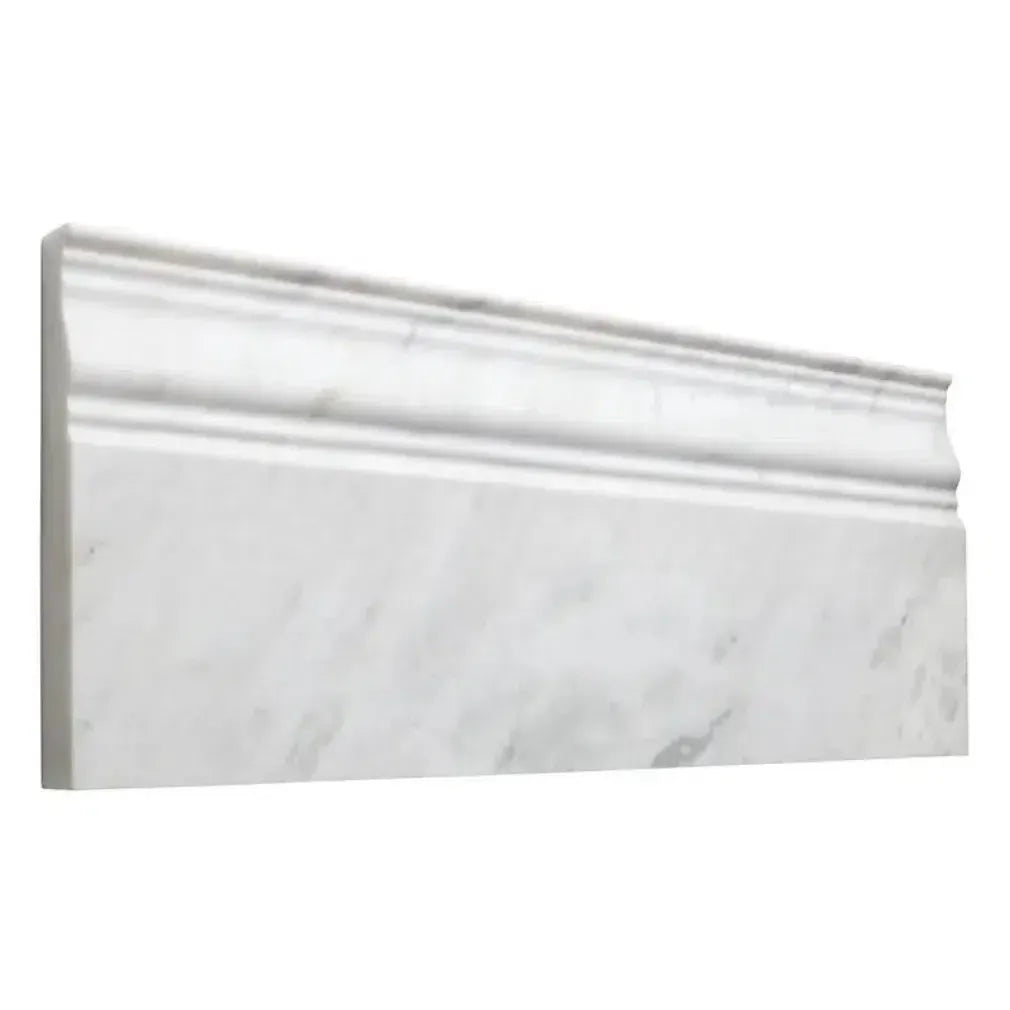 Textured
Textured Tumbled
Tumbled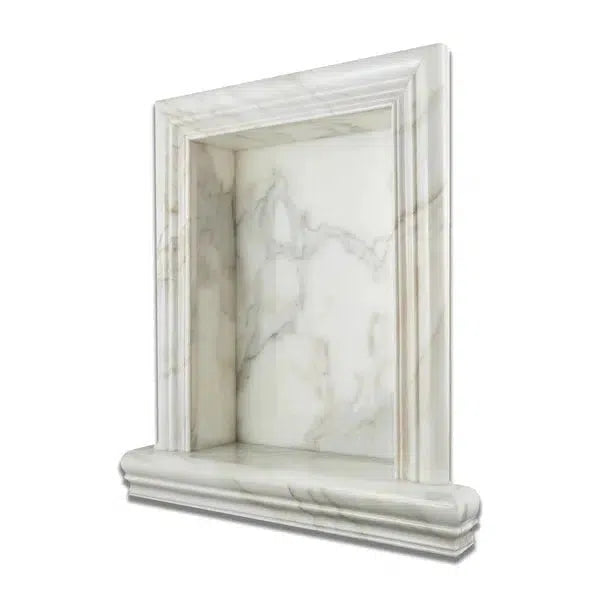 Accessories
Accessories
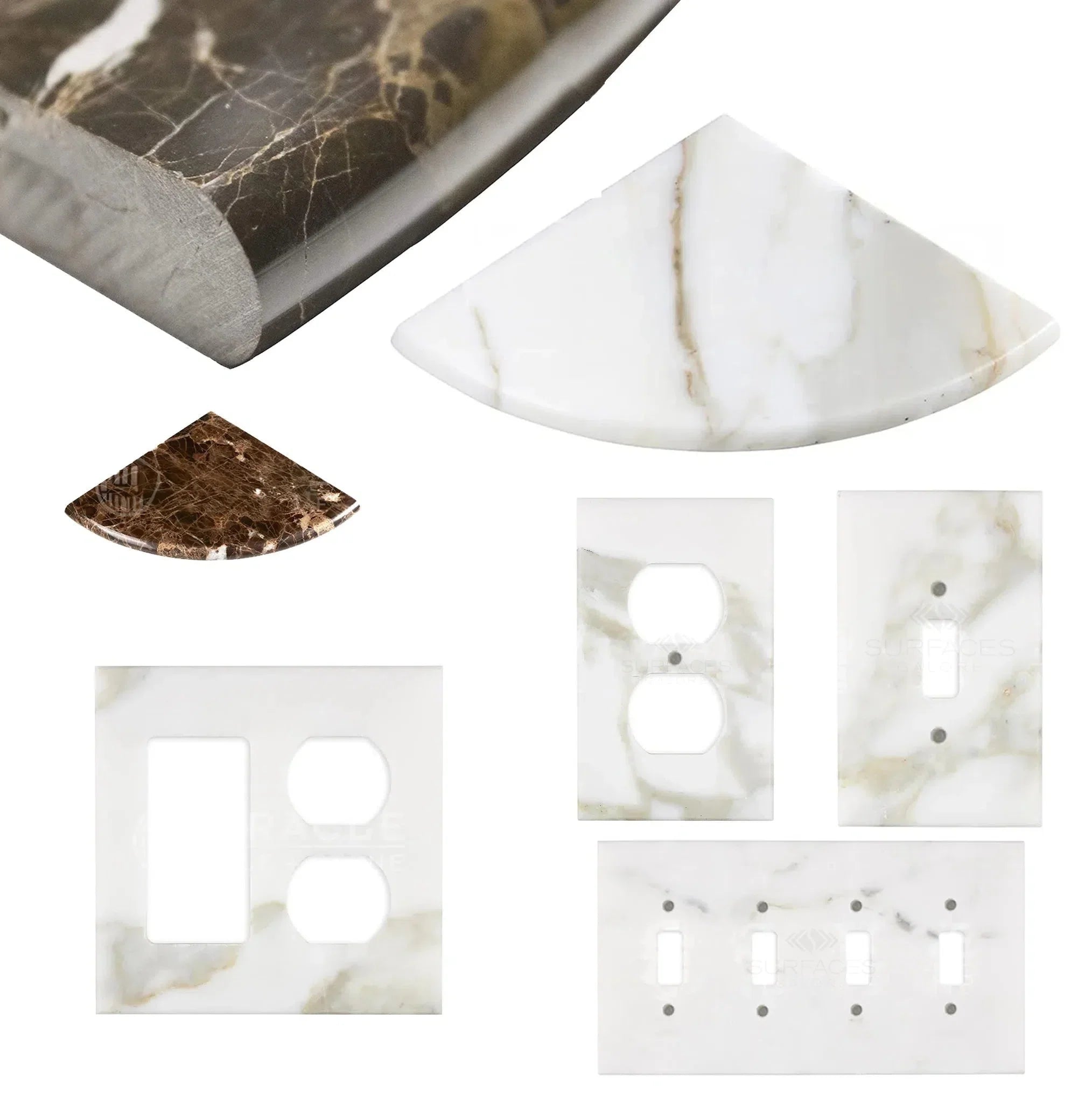 Wall Plate / Switch Plate
Wall Plate / Switch Plate Shampoo Niche
Shampoo Niche Corner Shelf
Corner Shelf Clearance
Clearance





Leave a comment